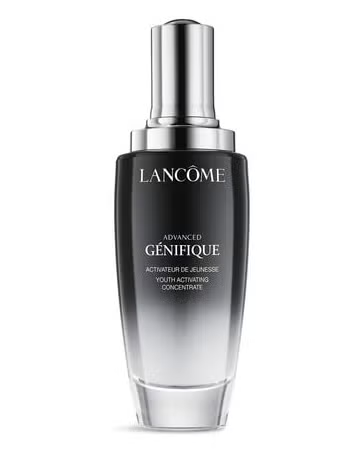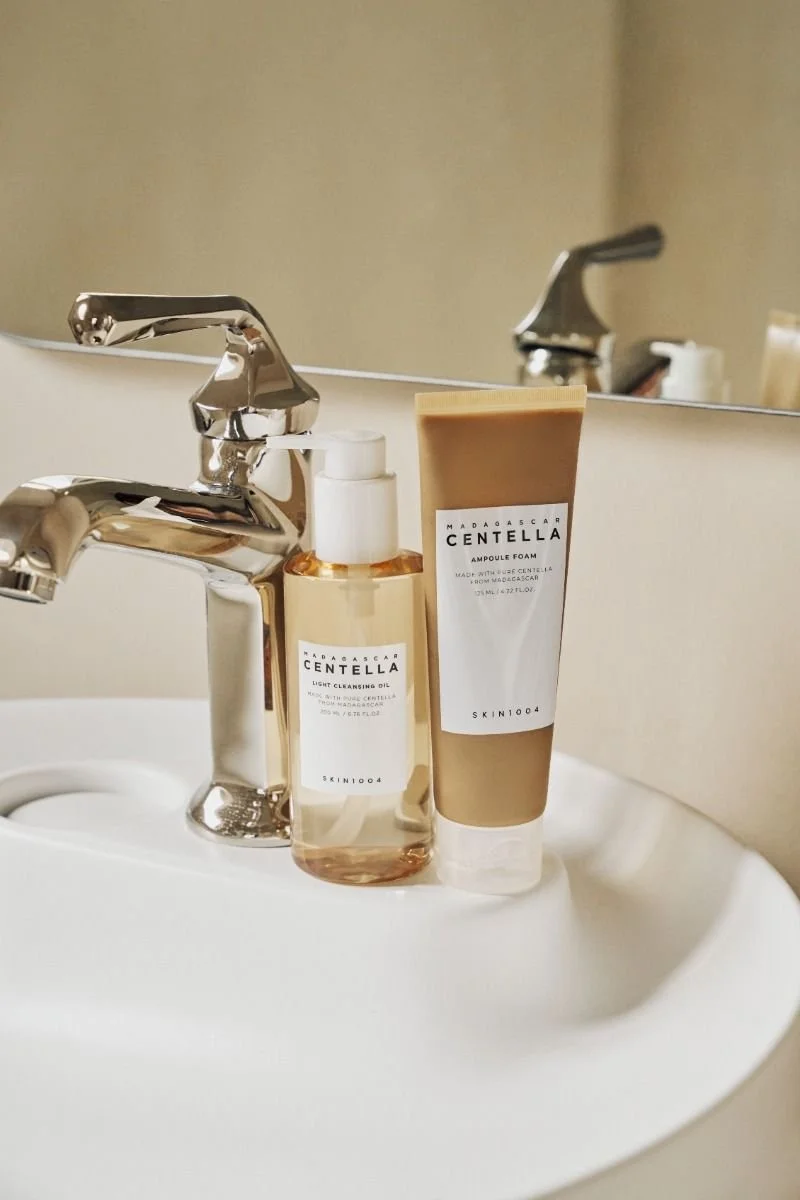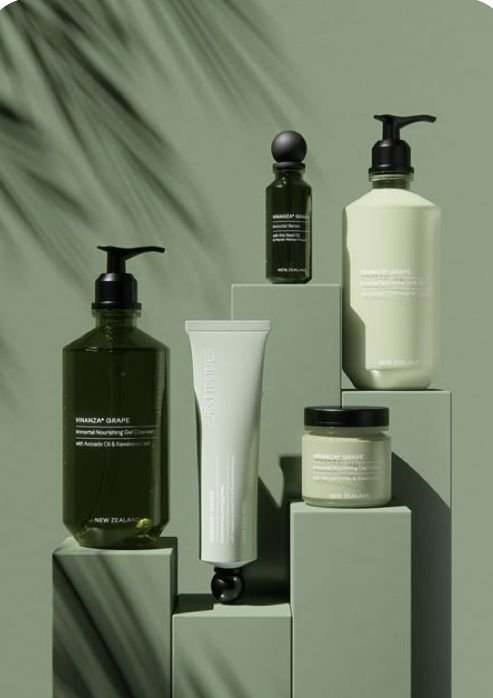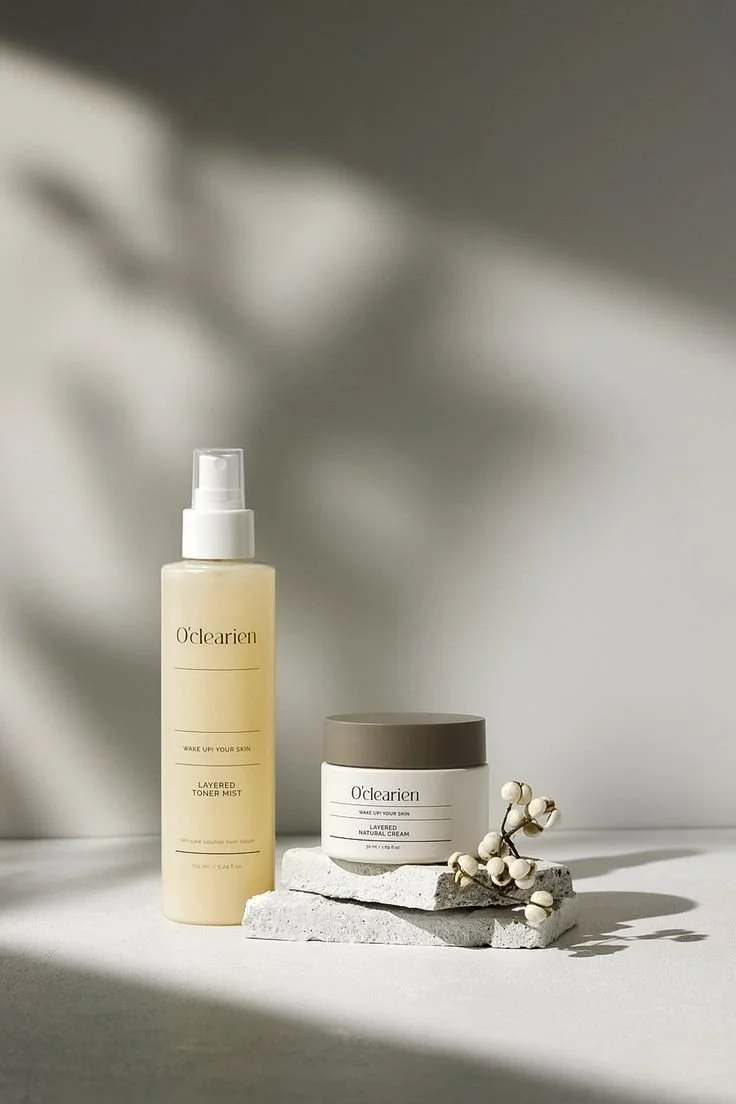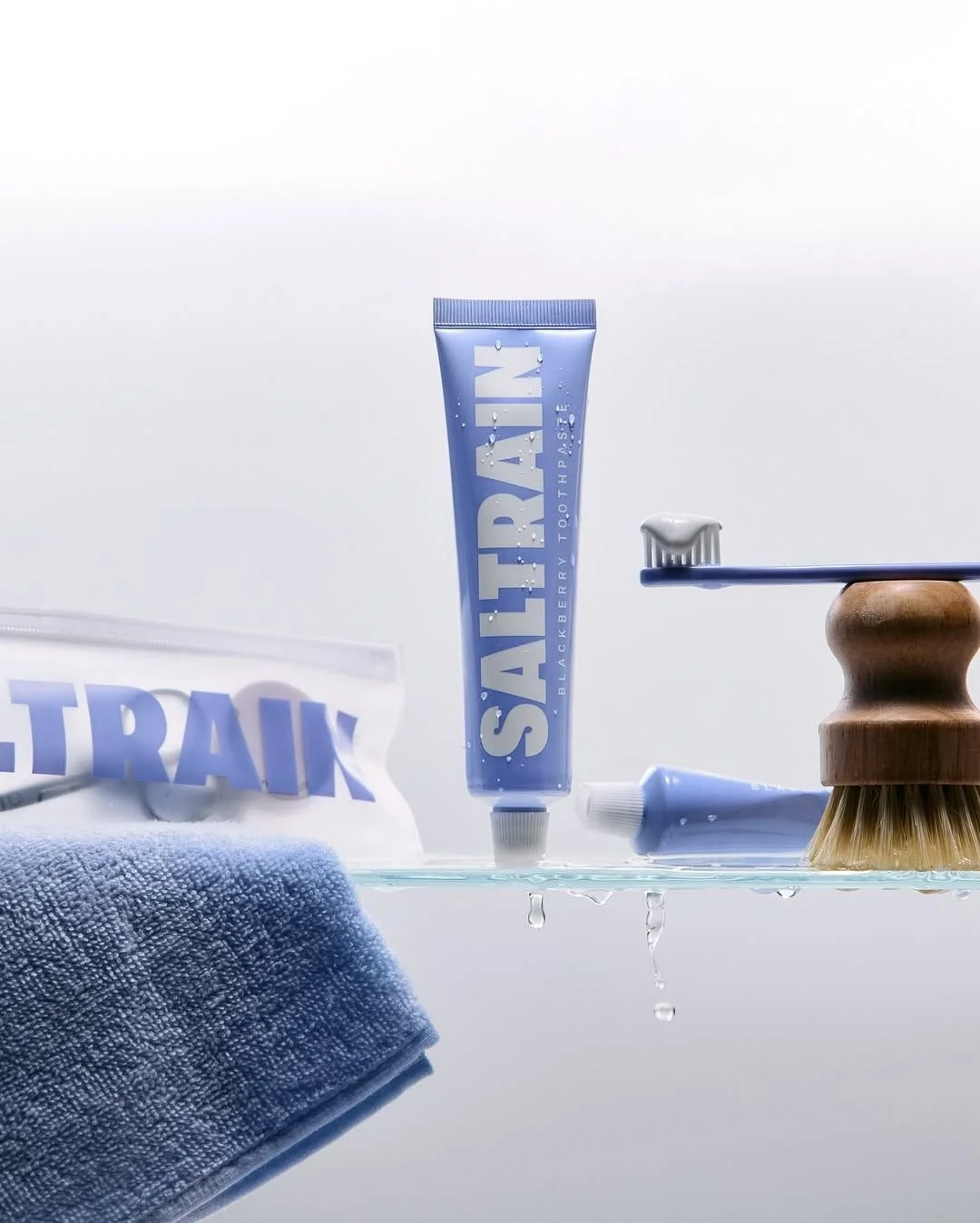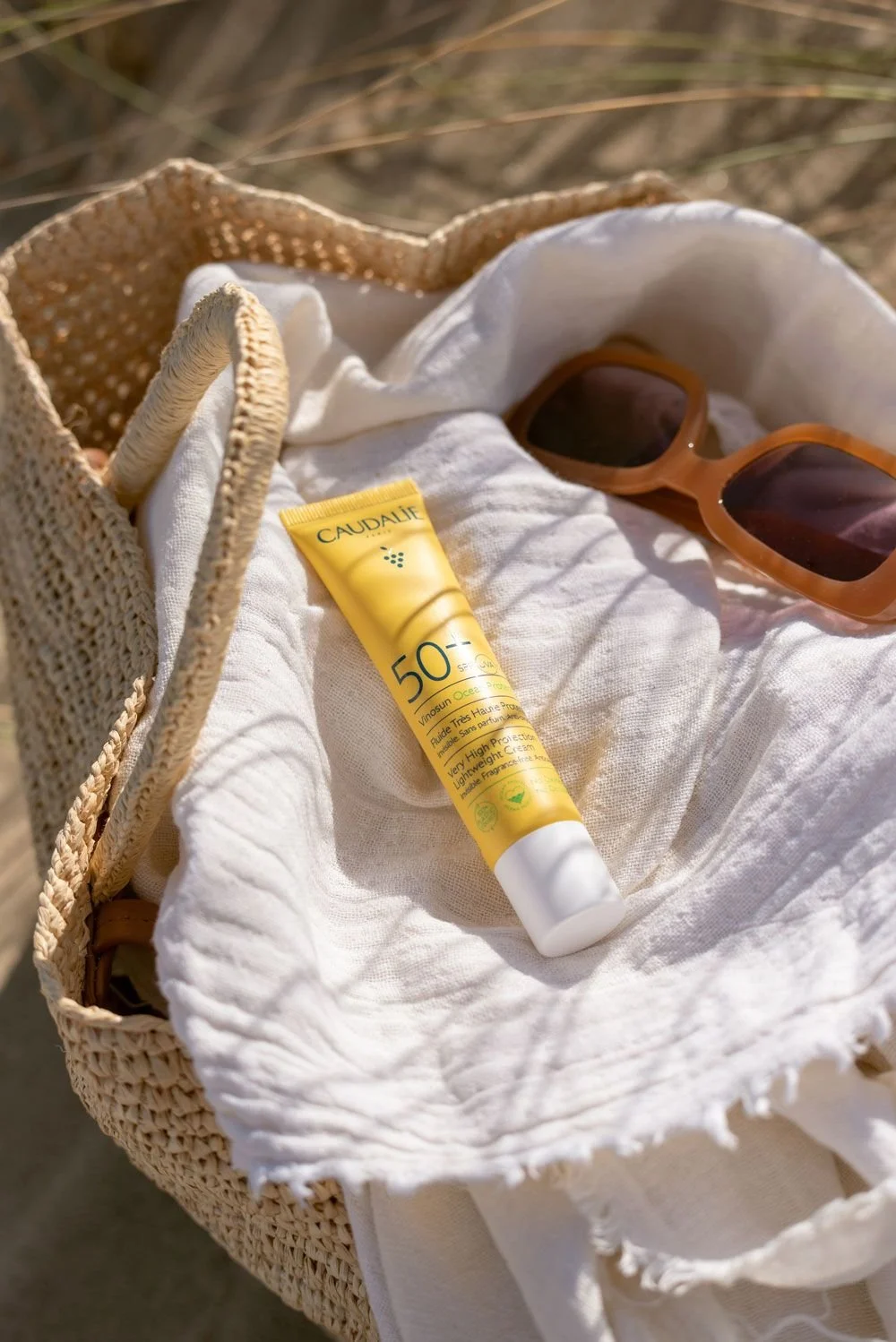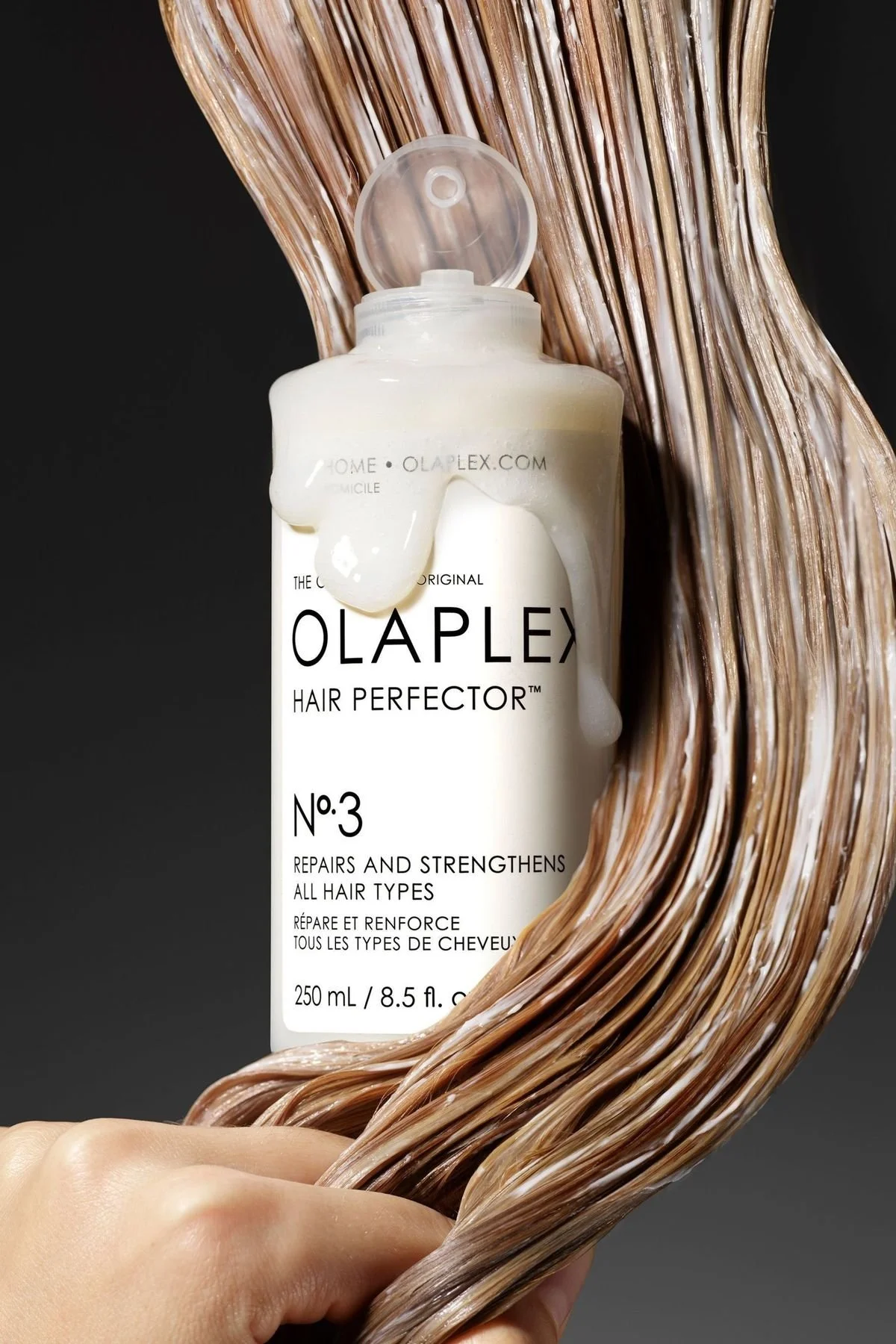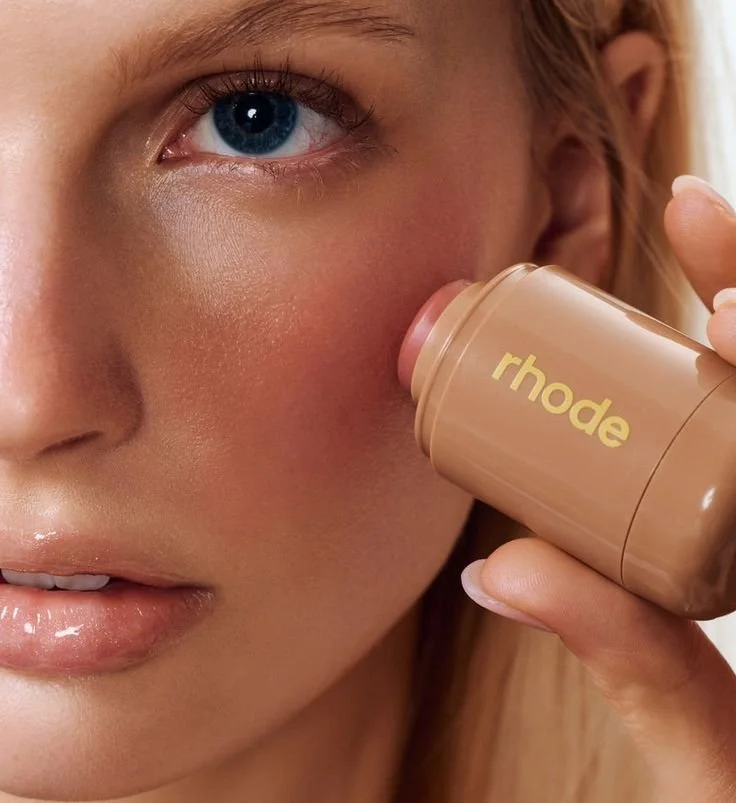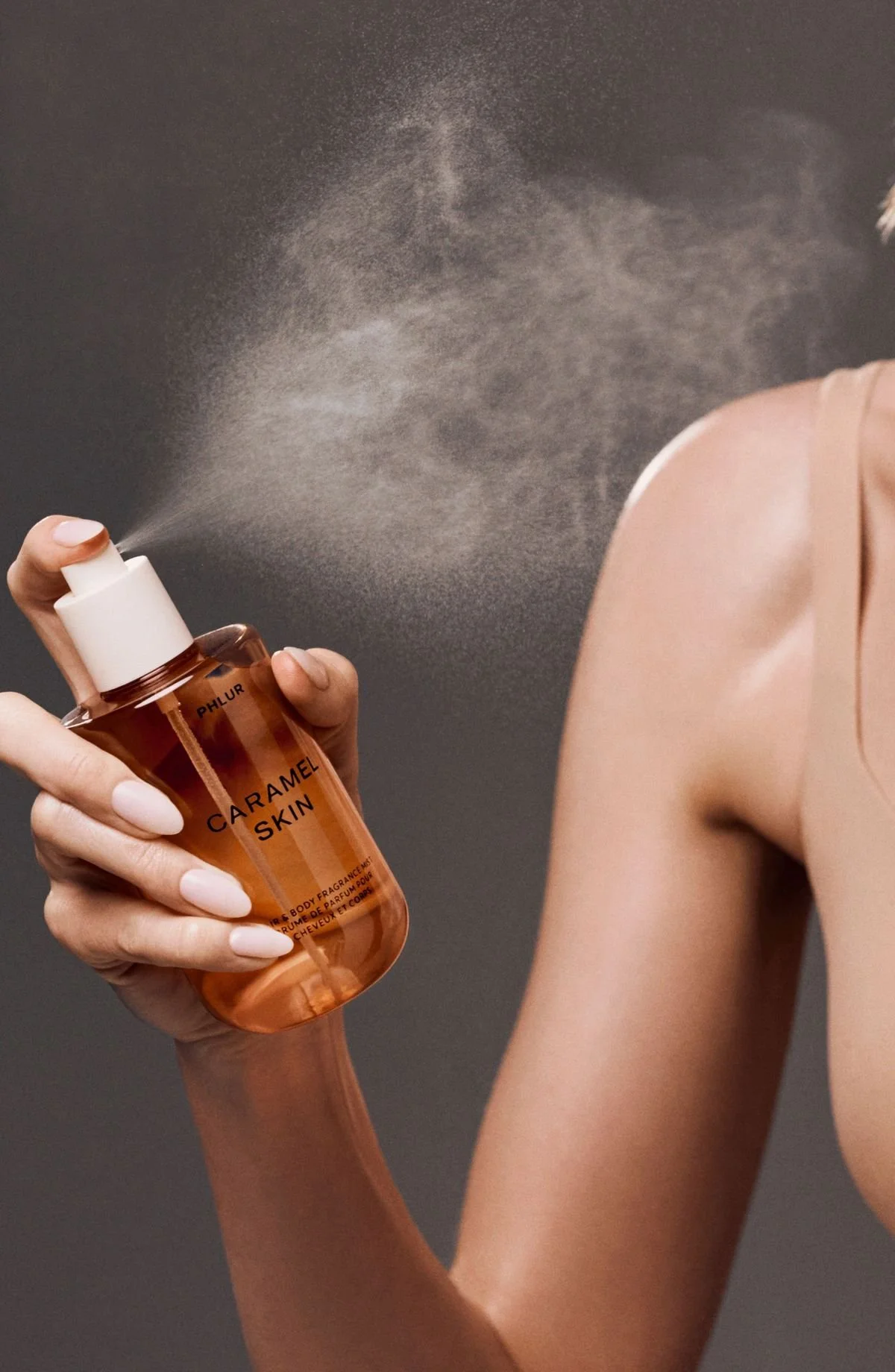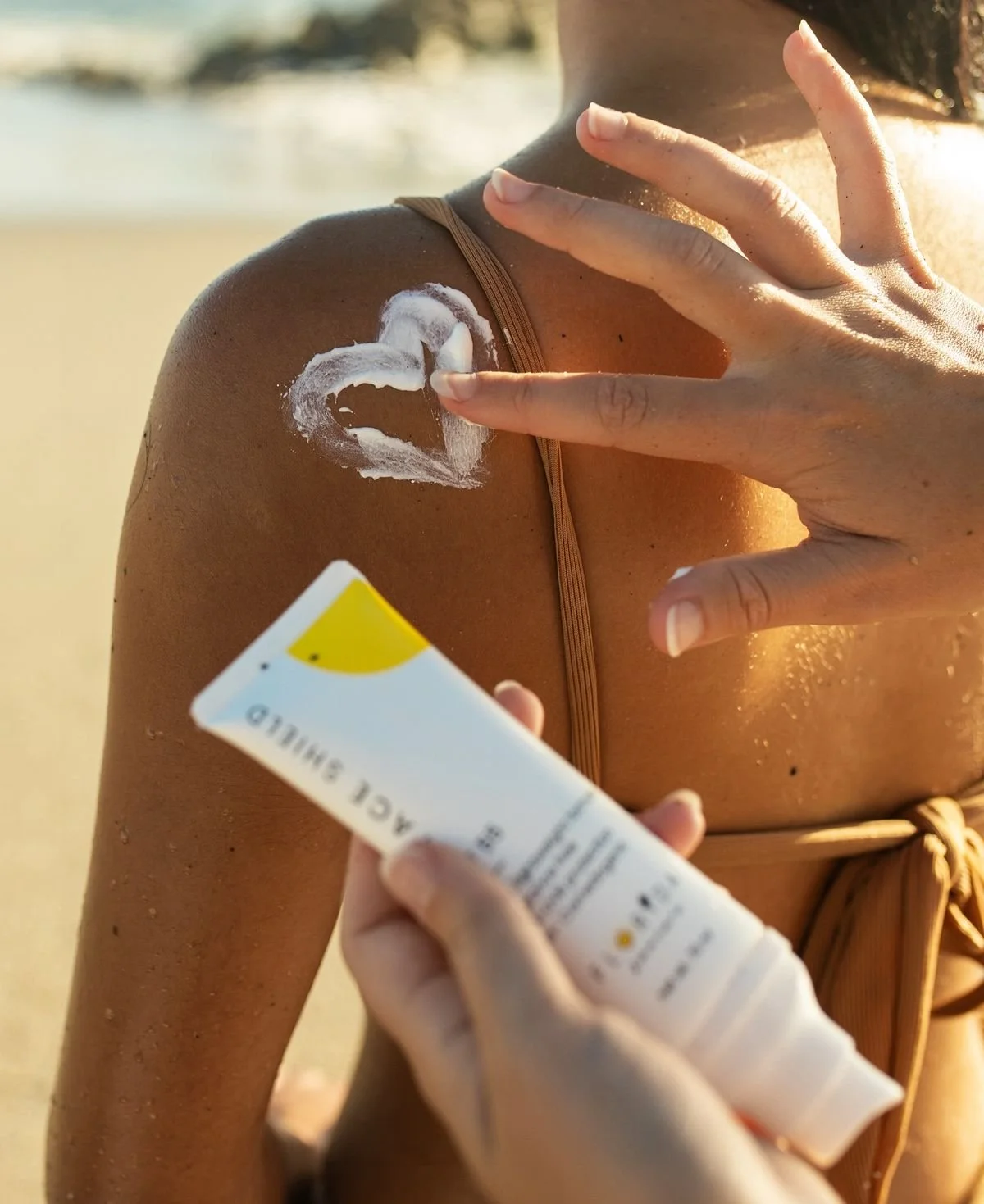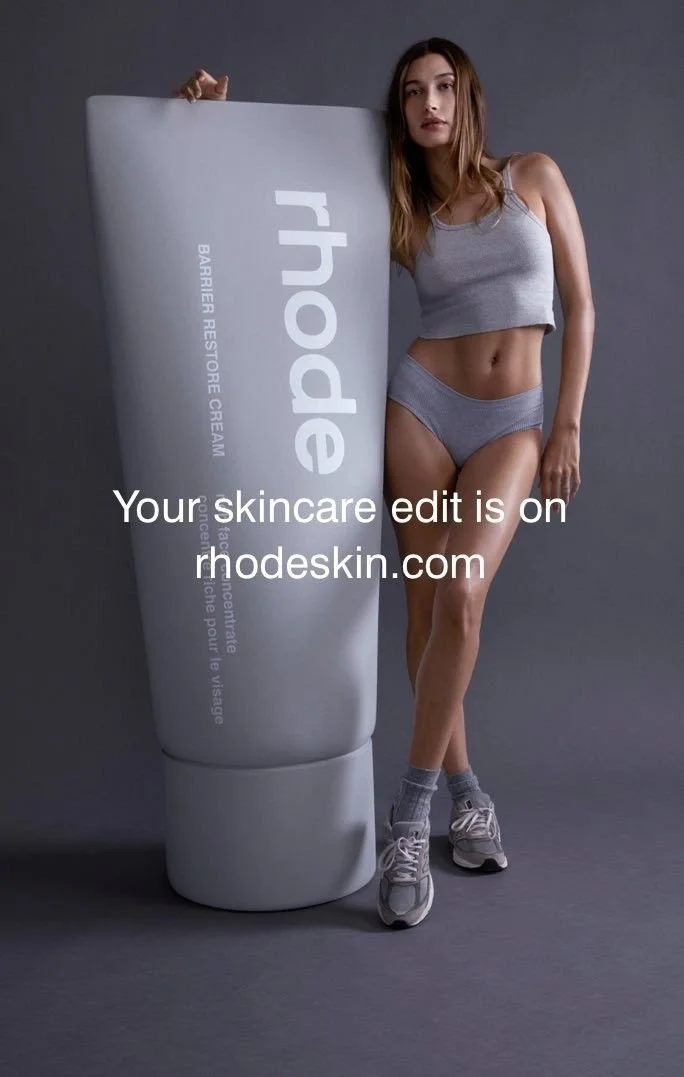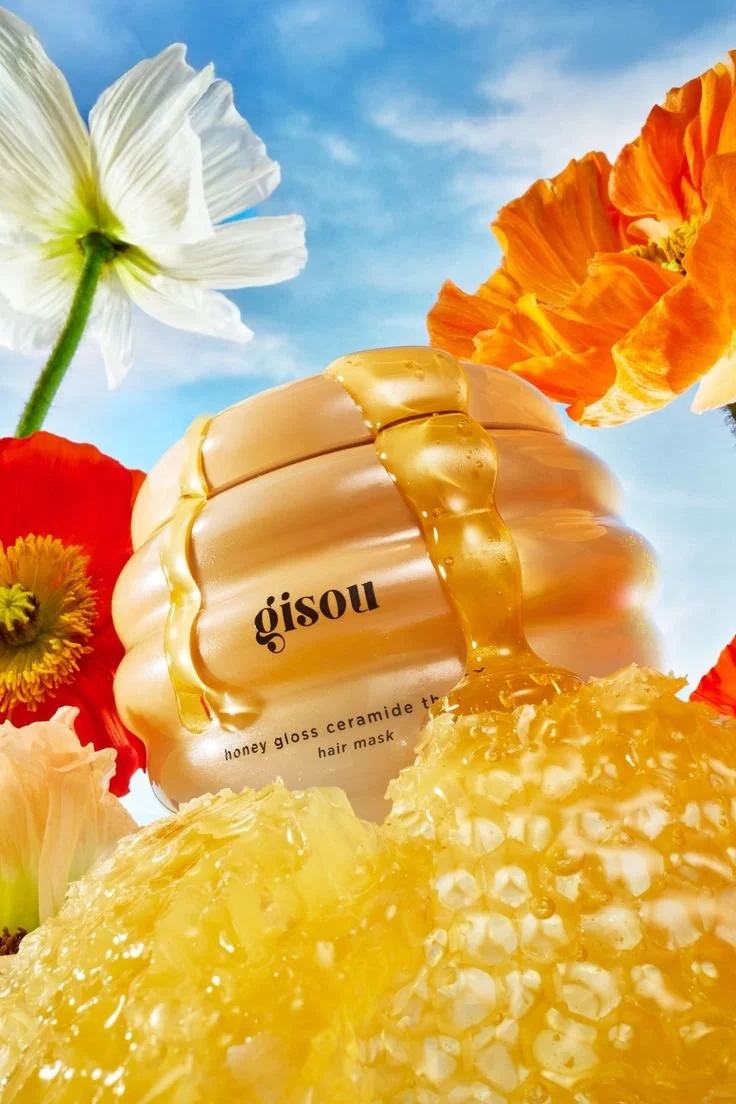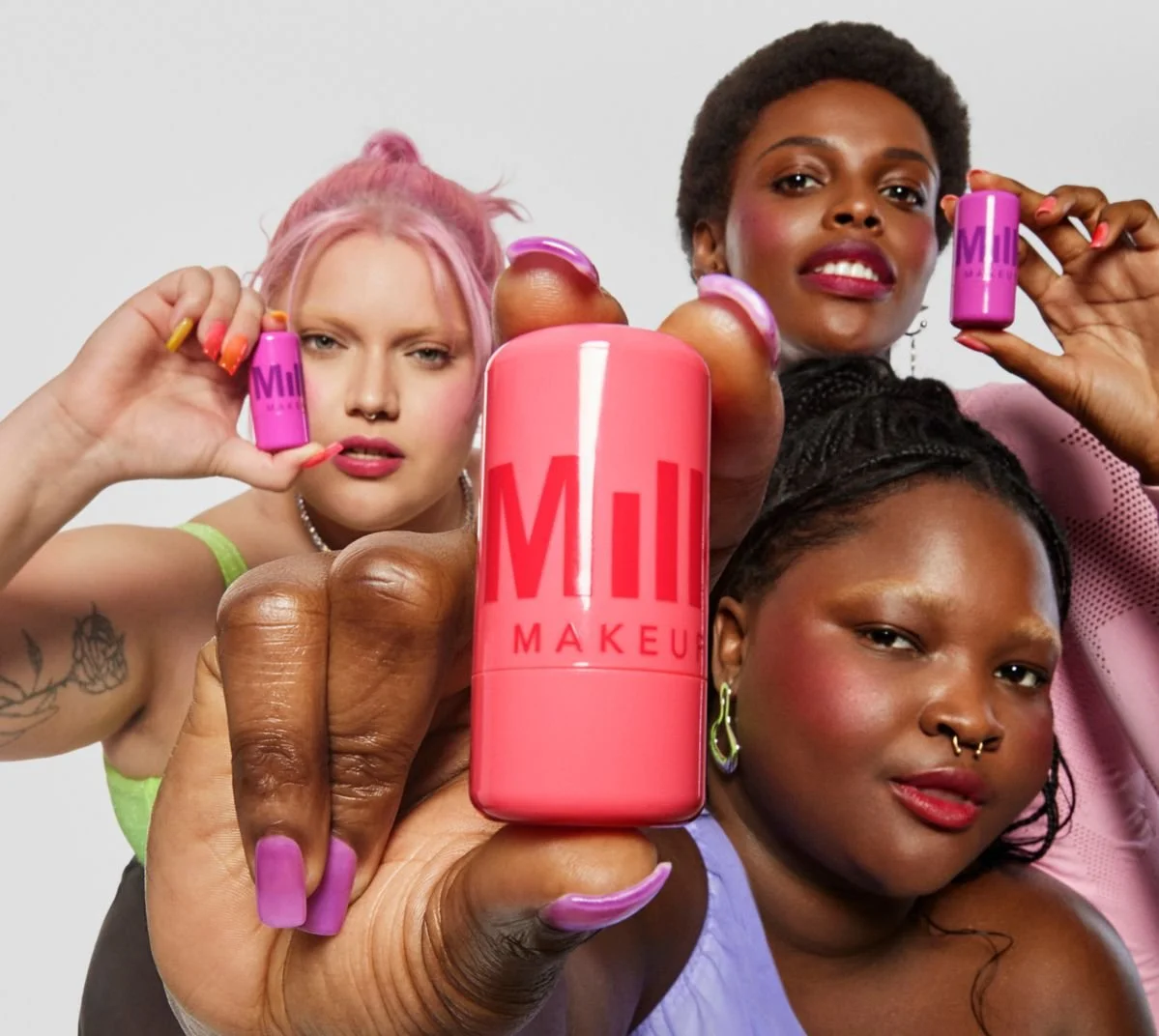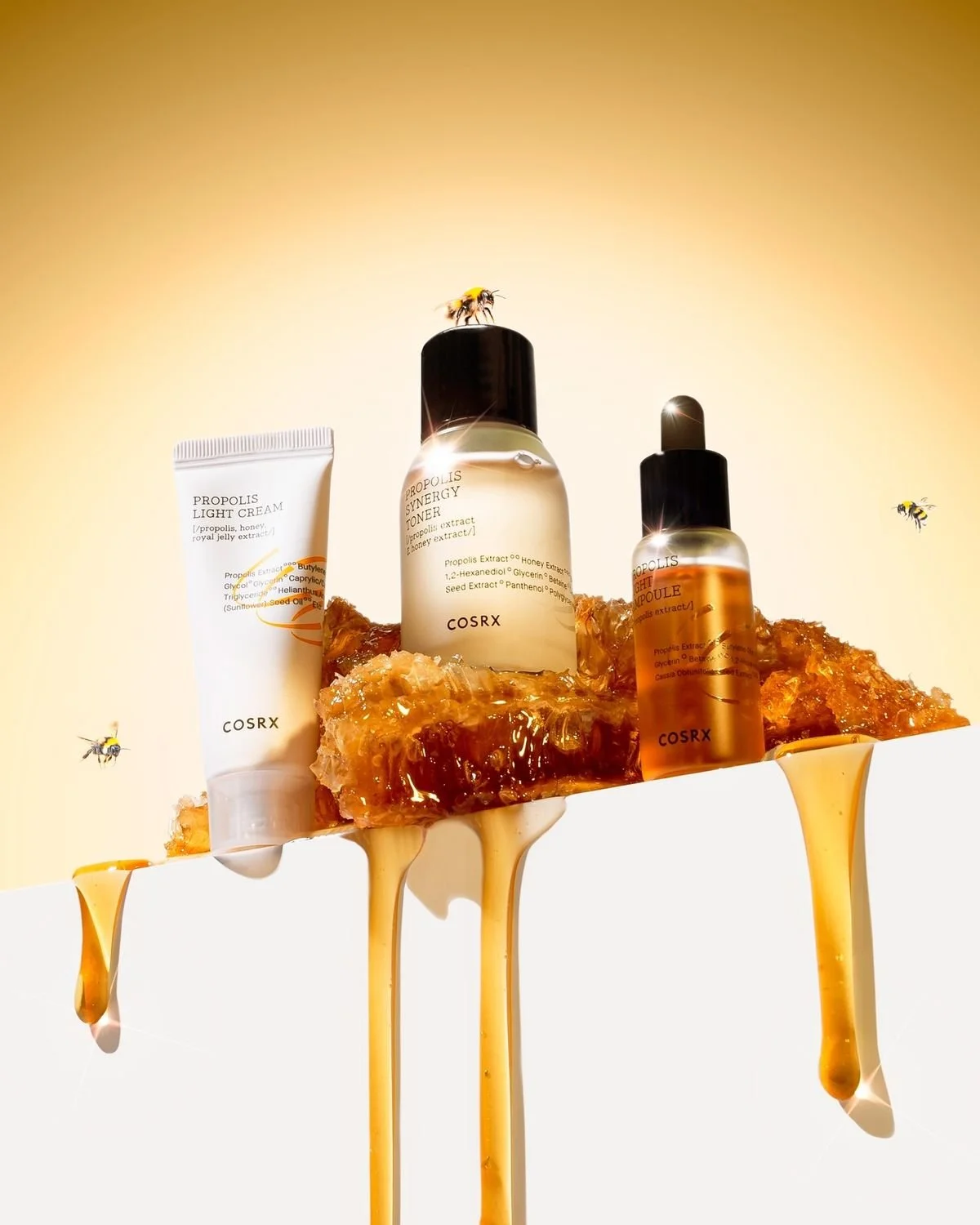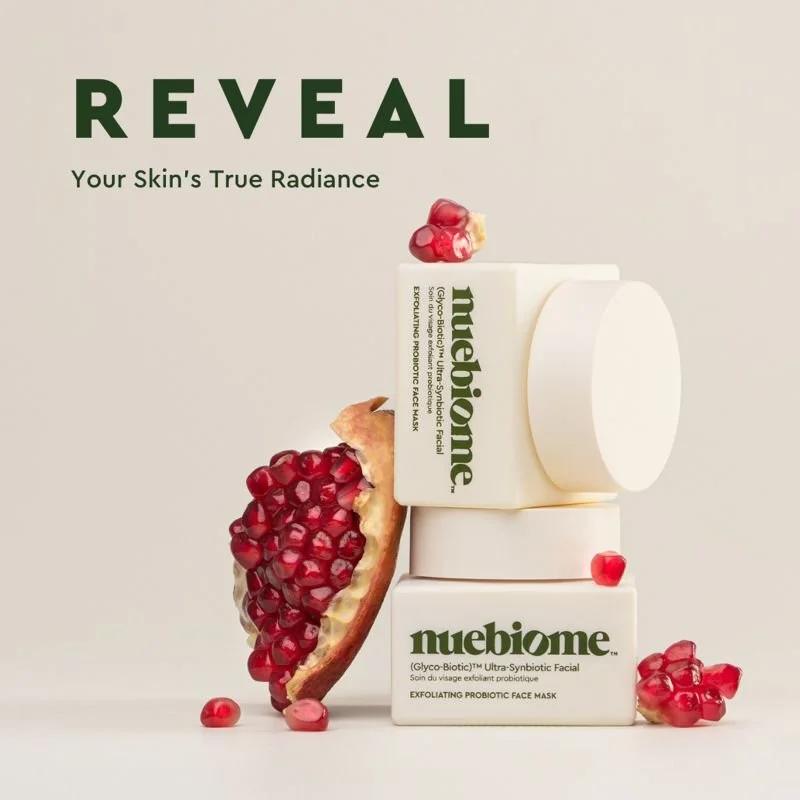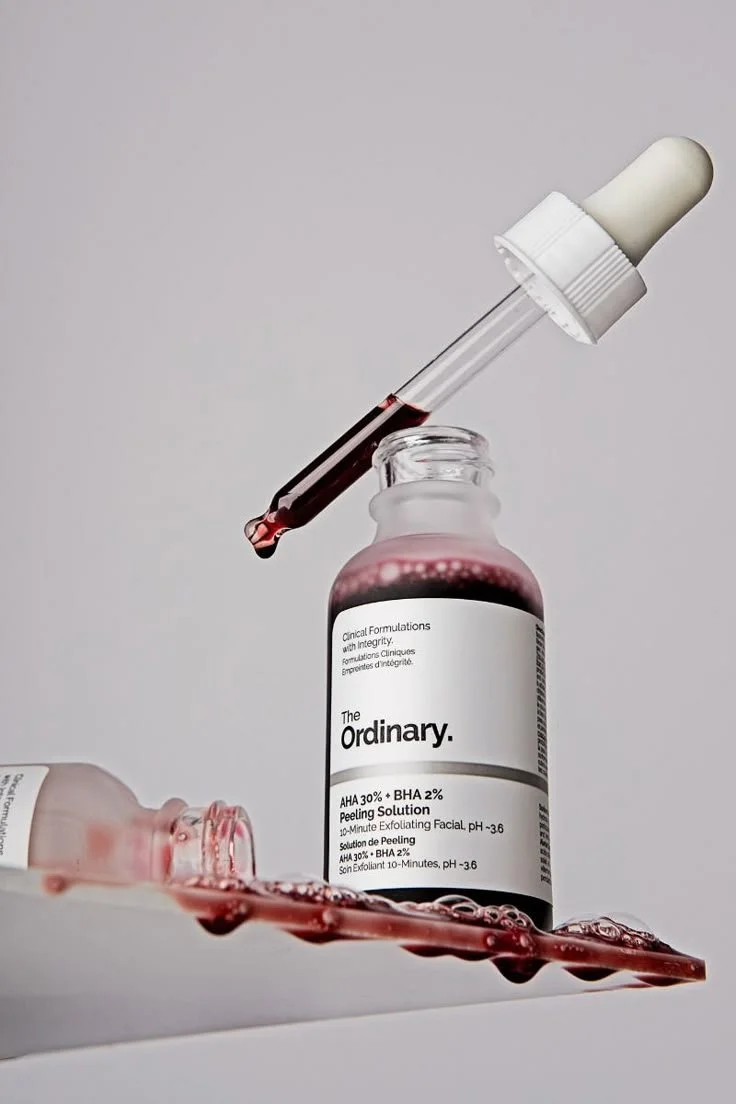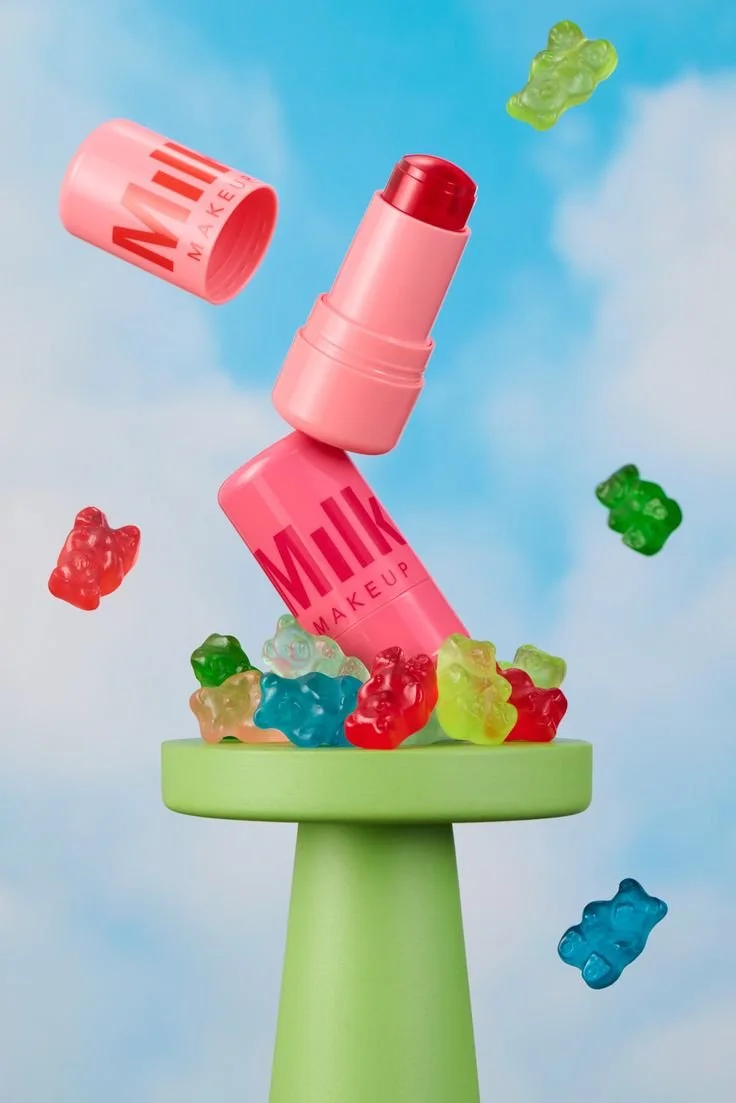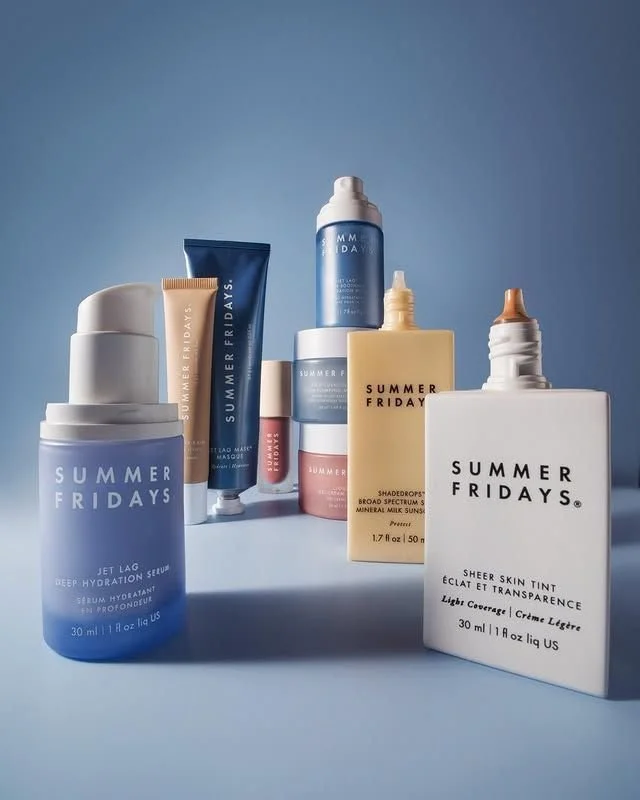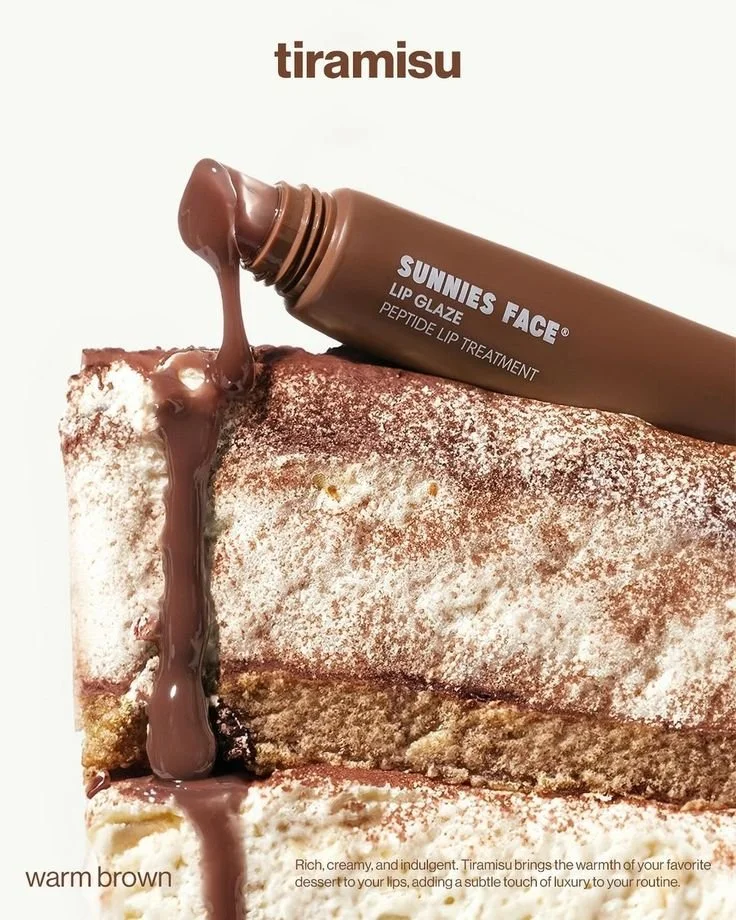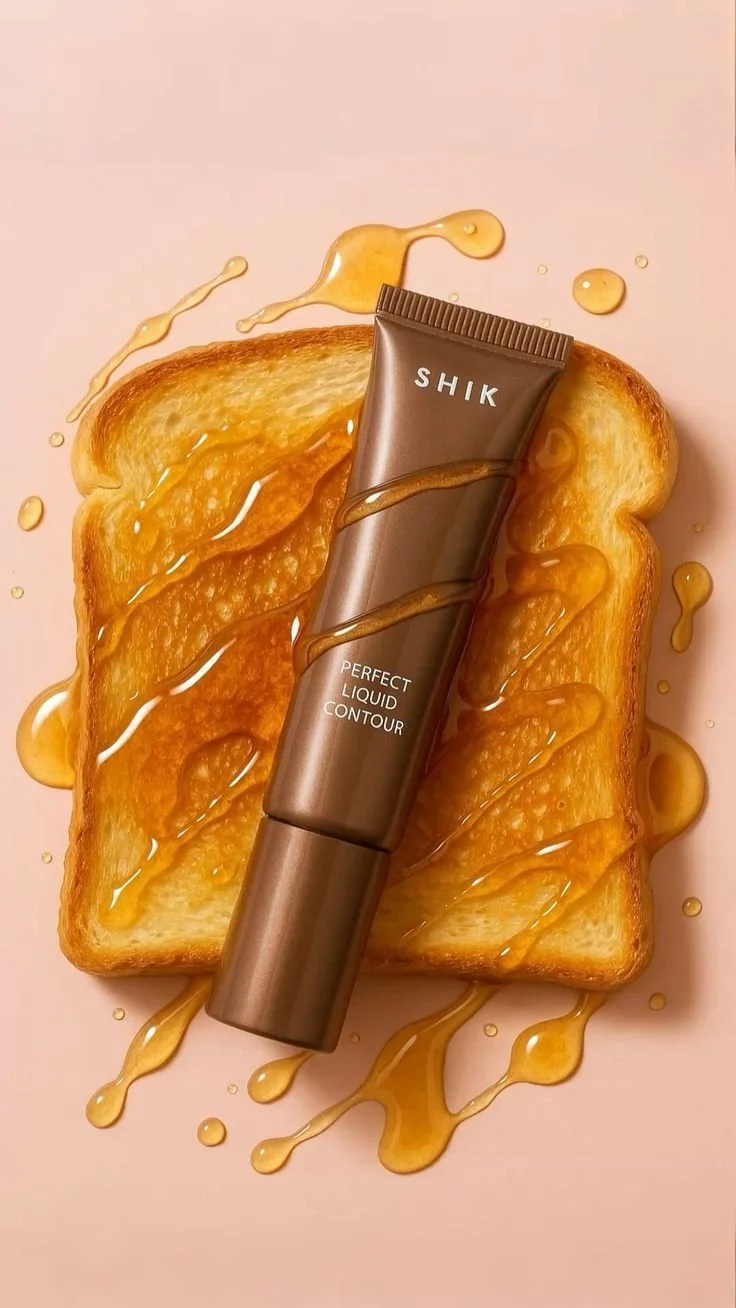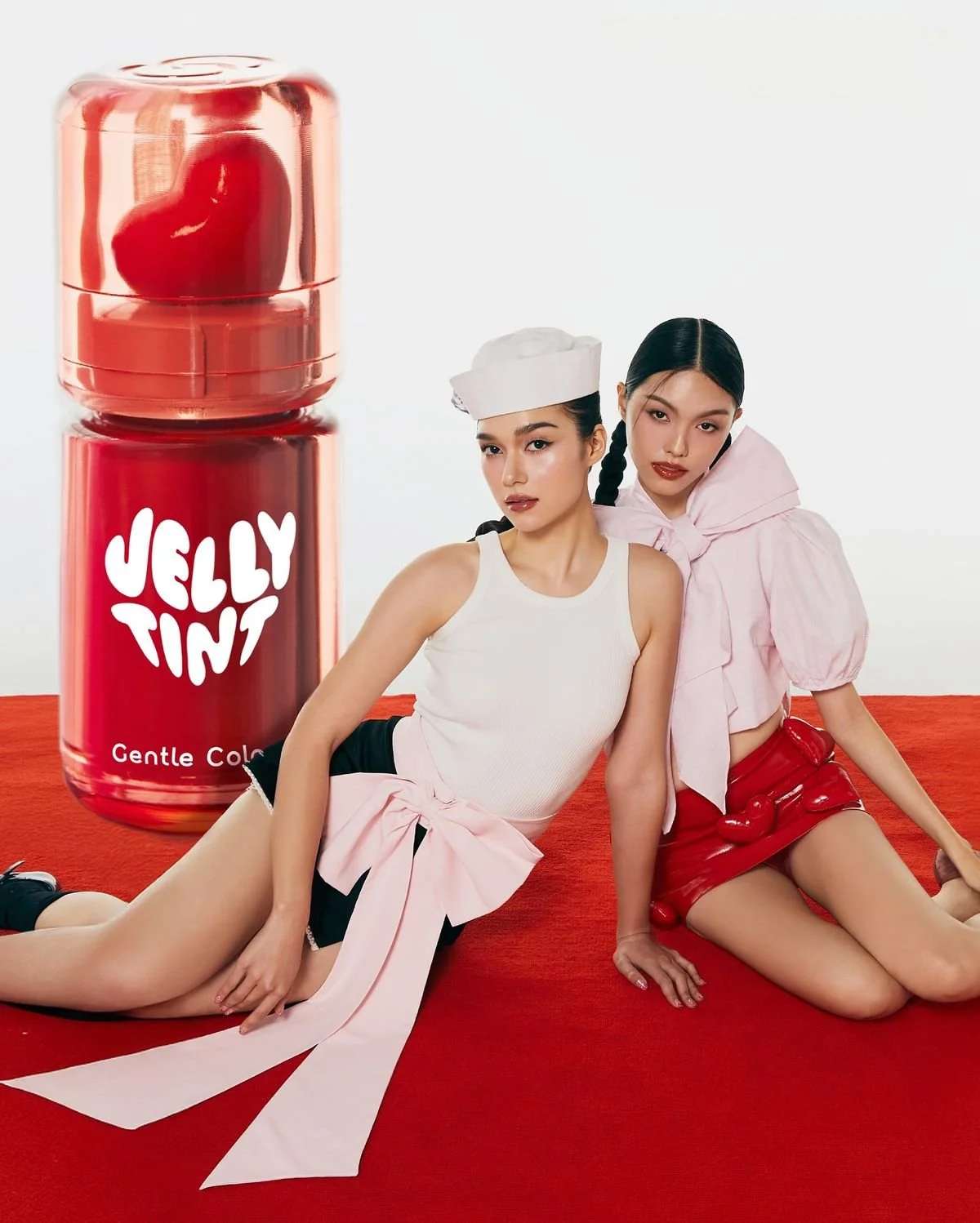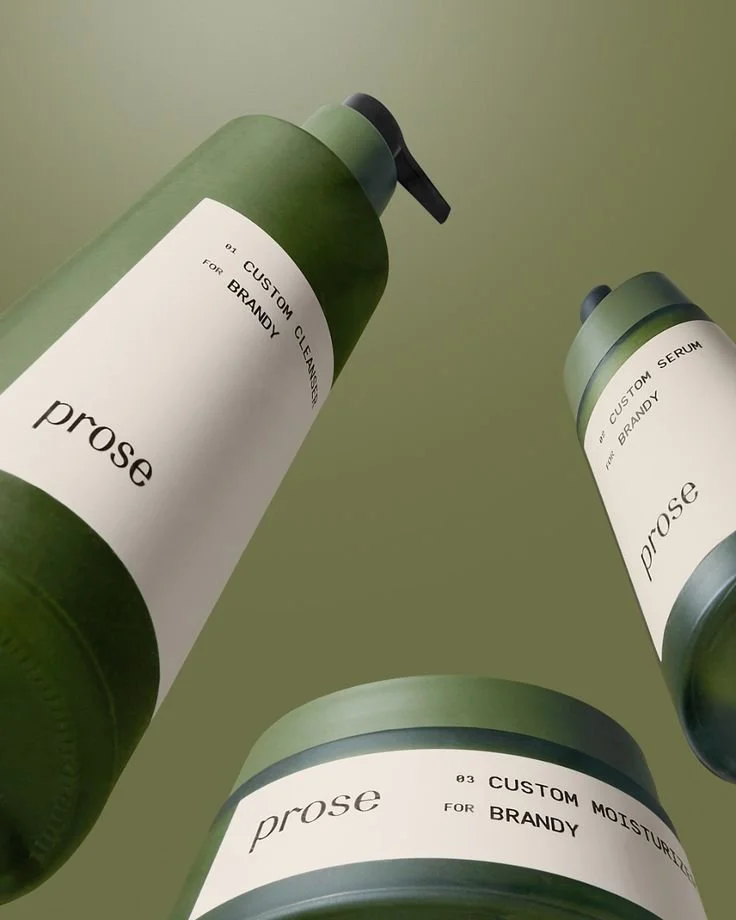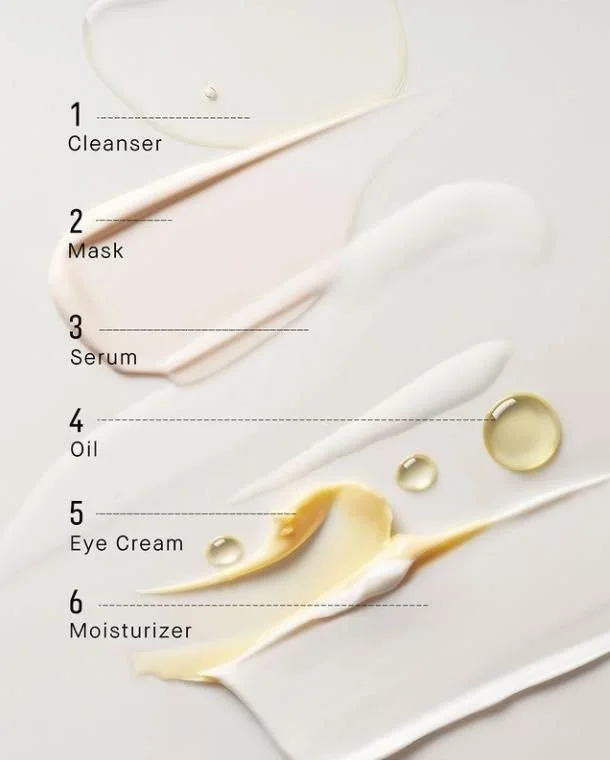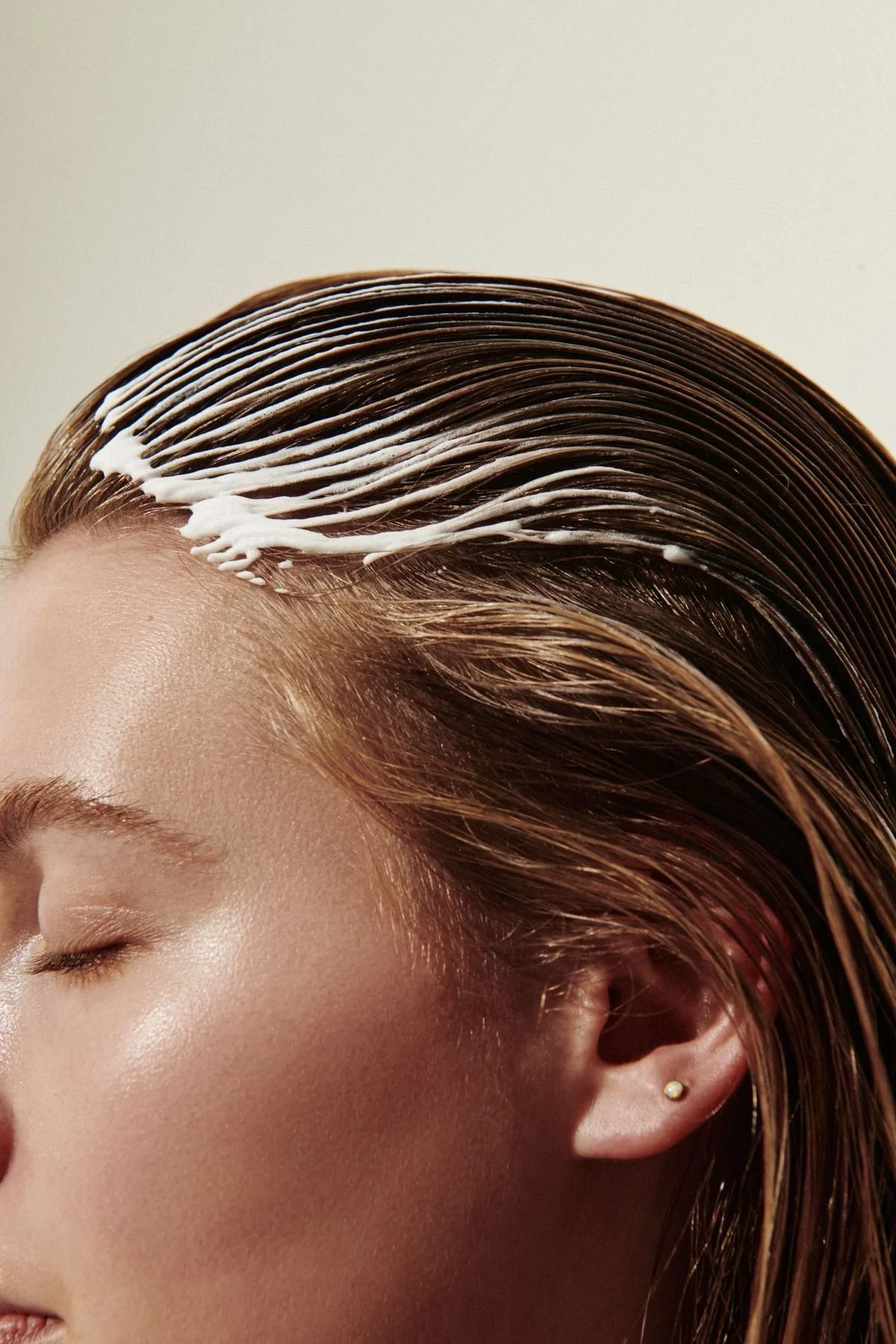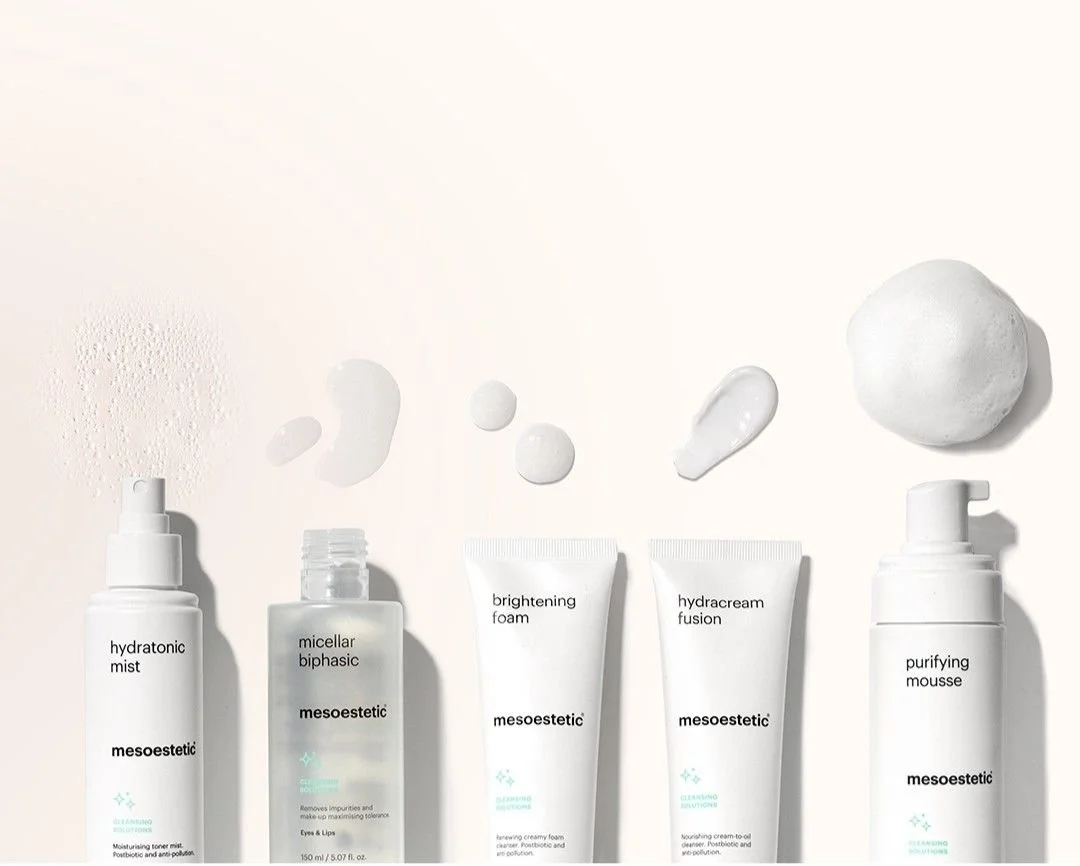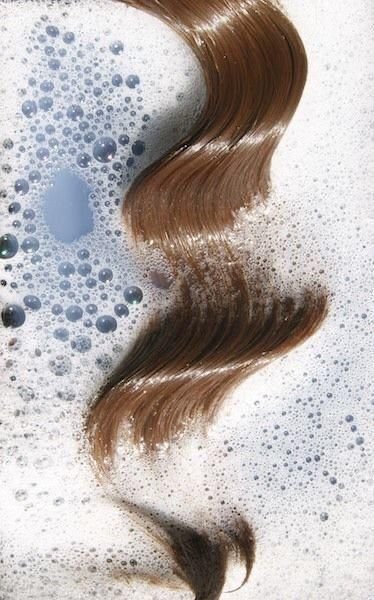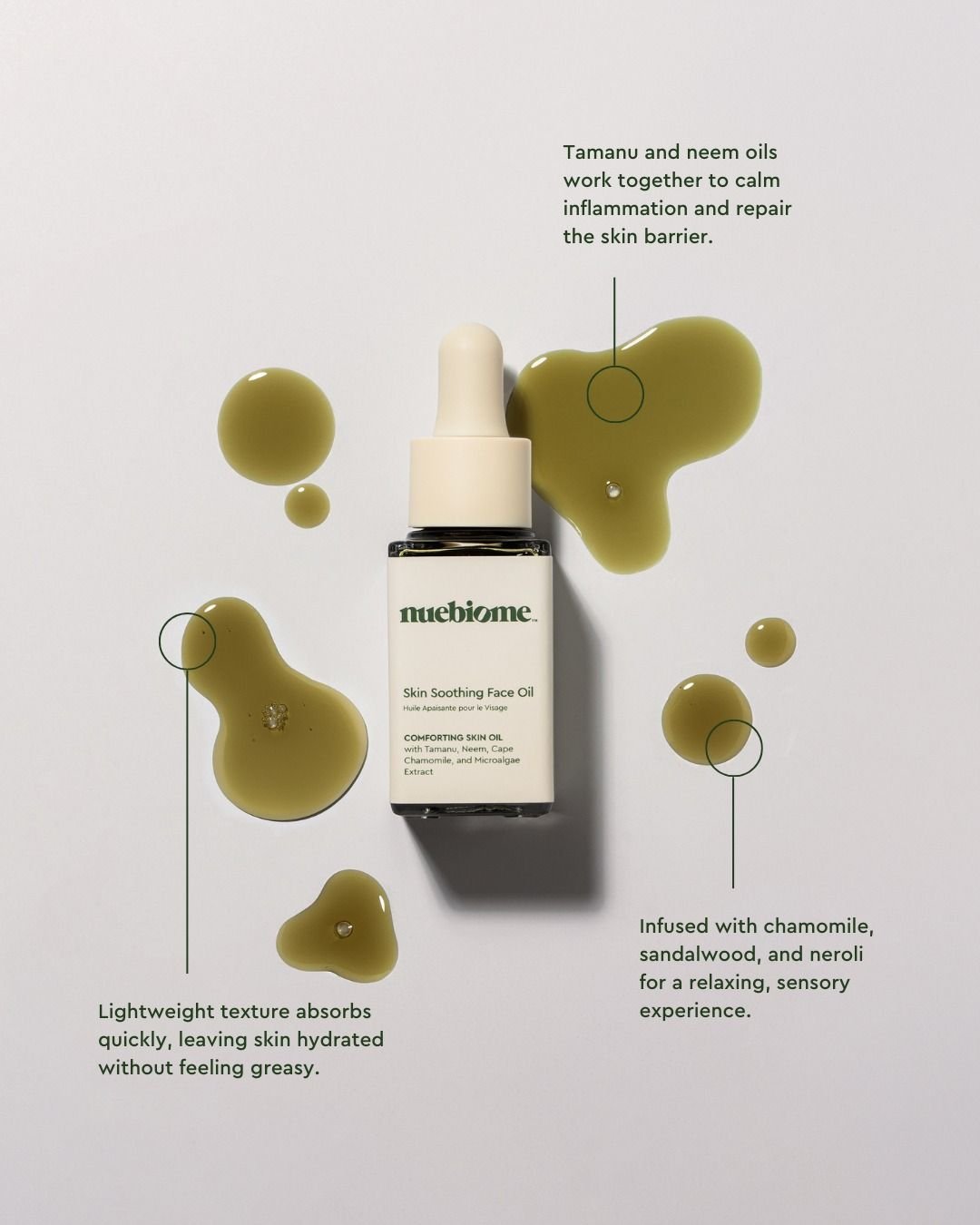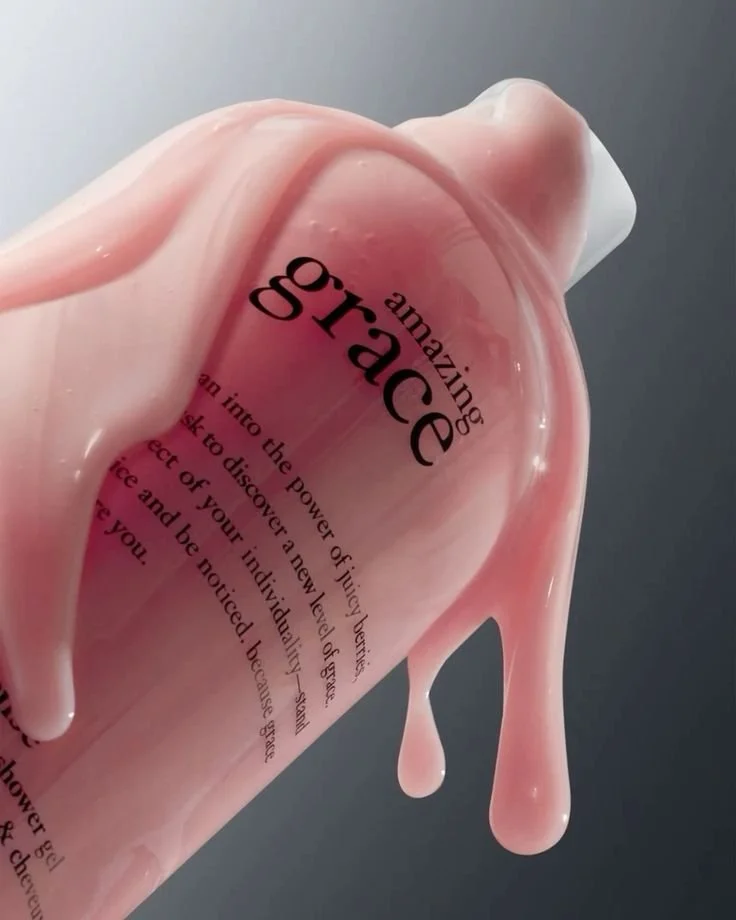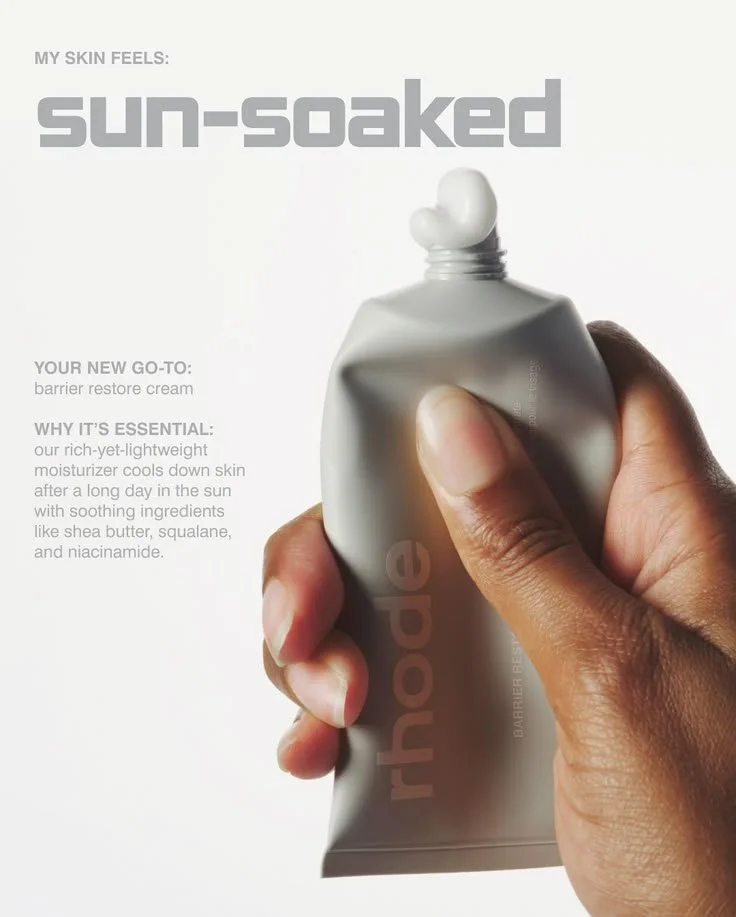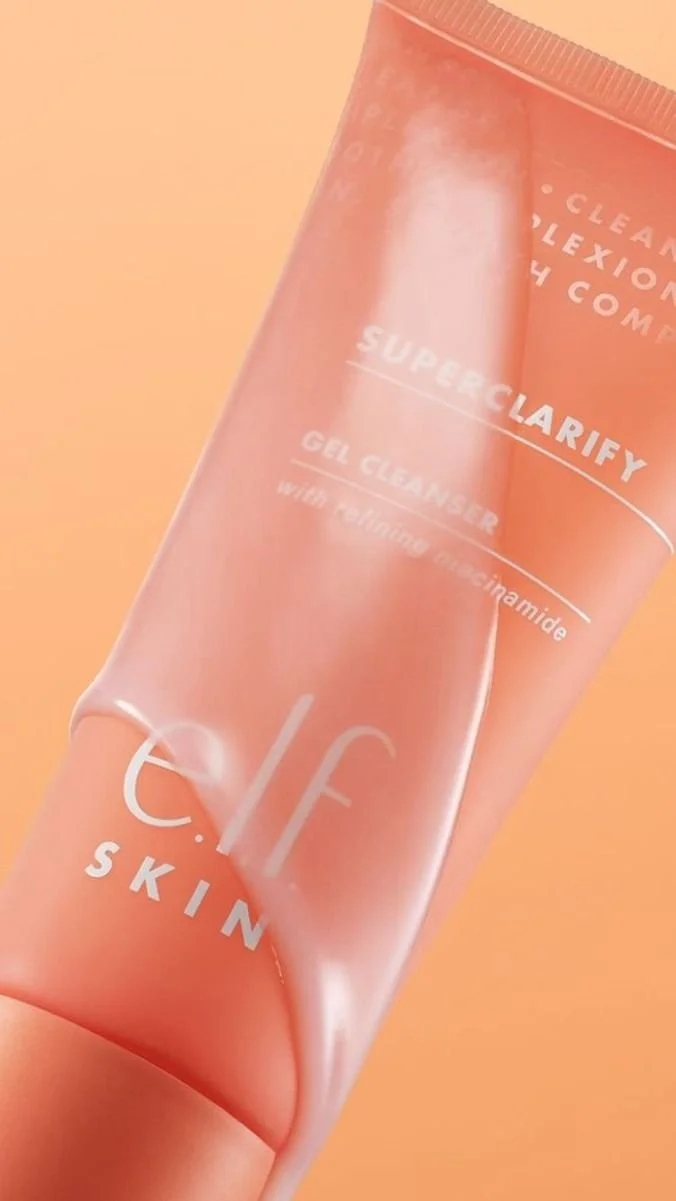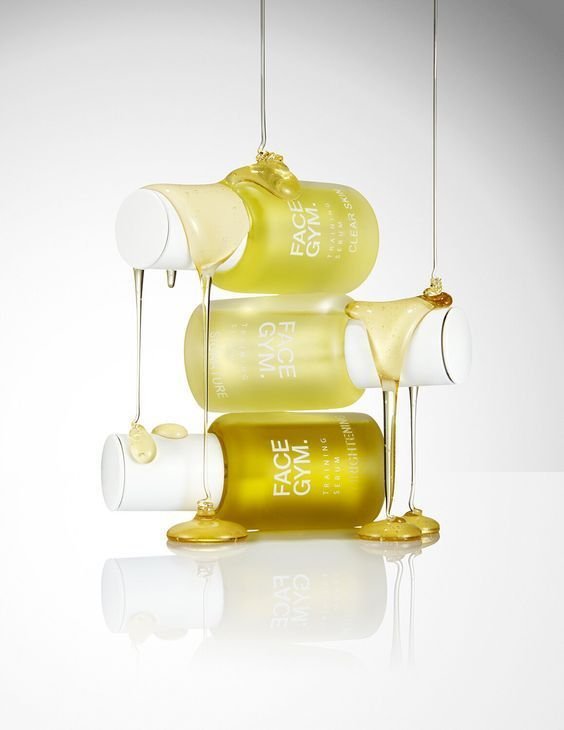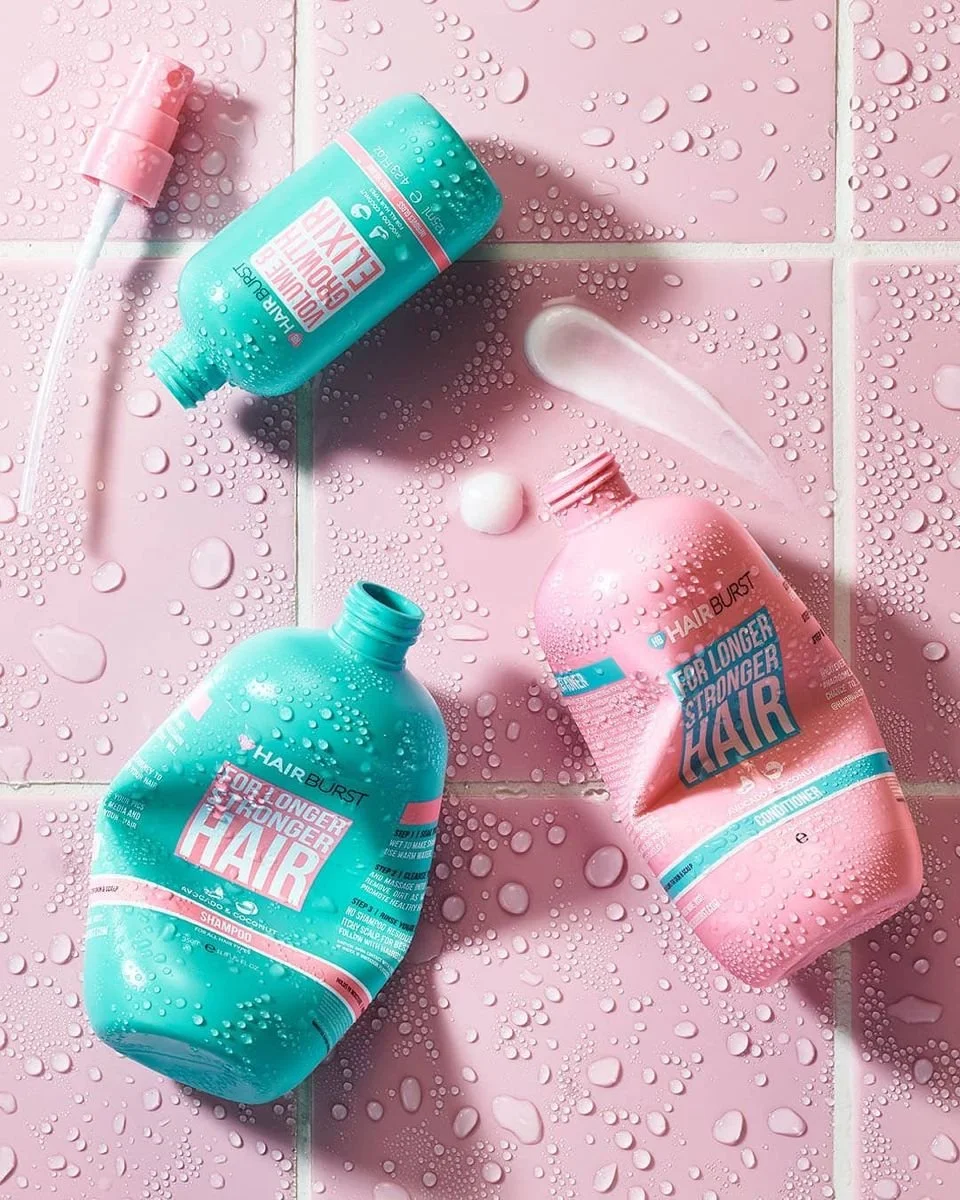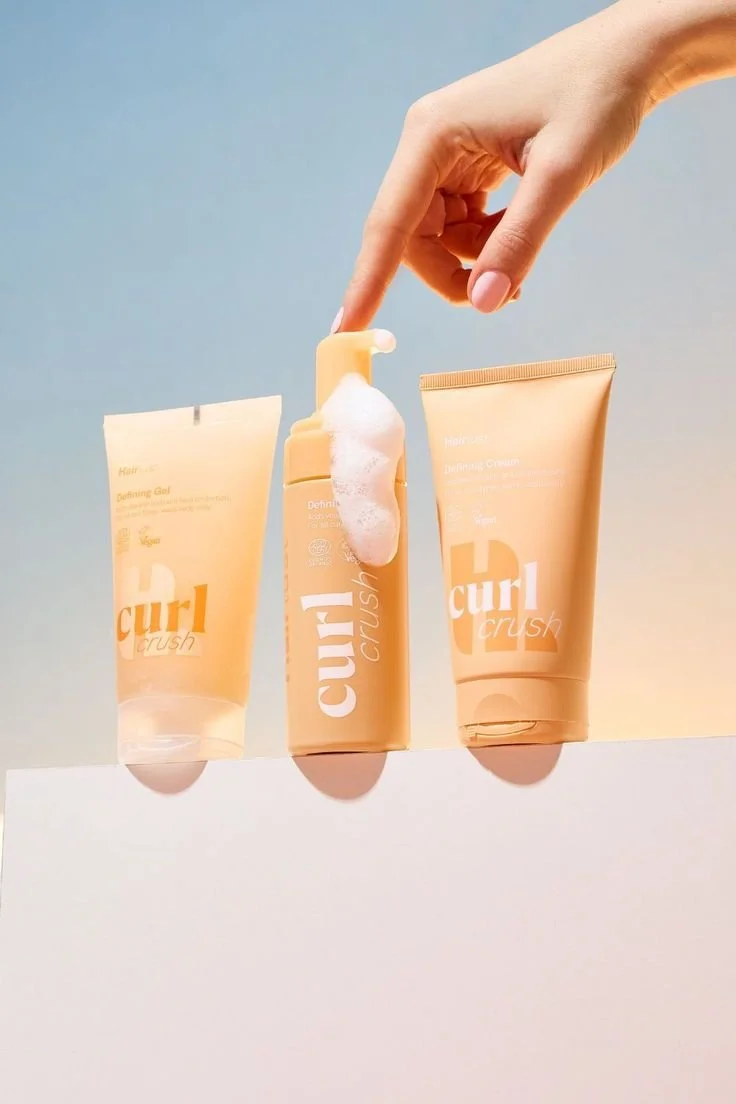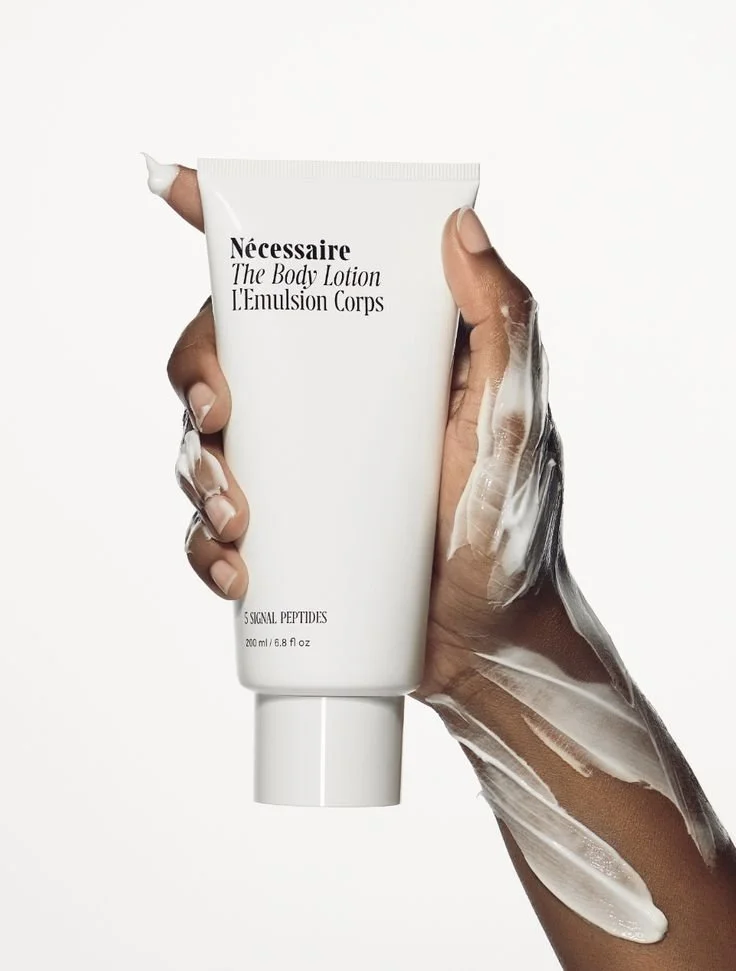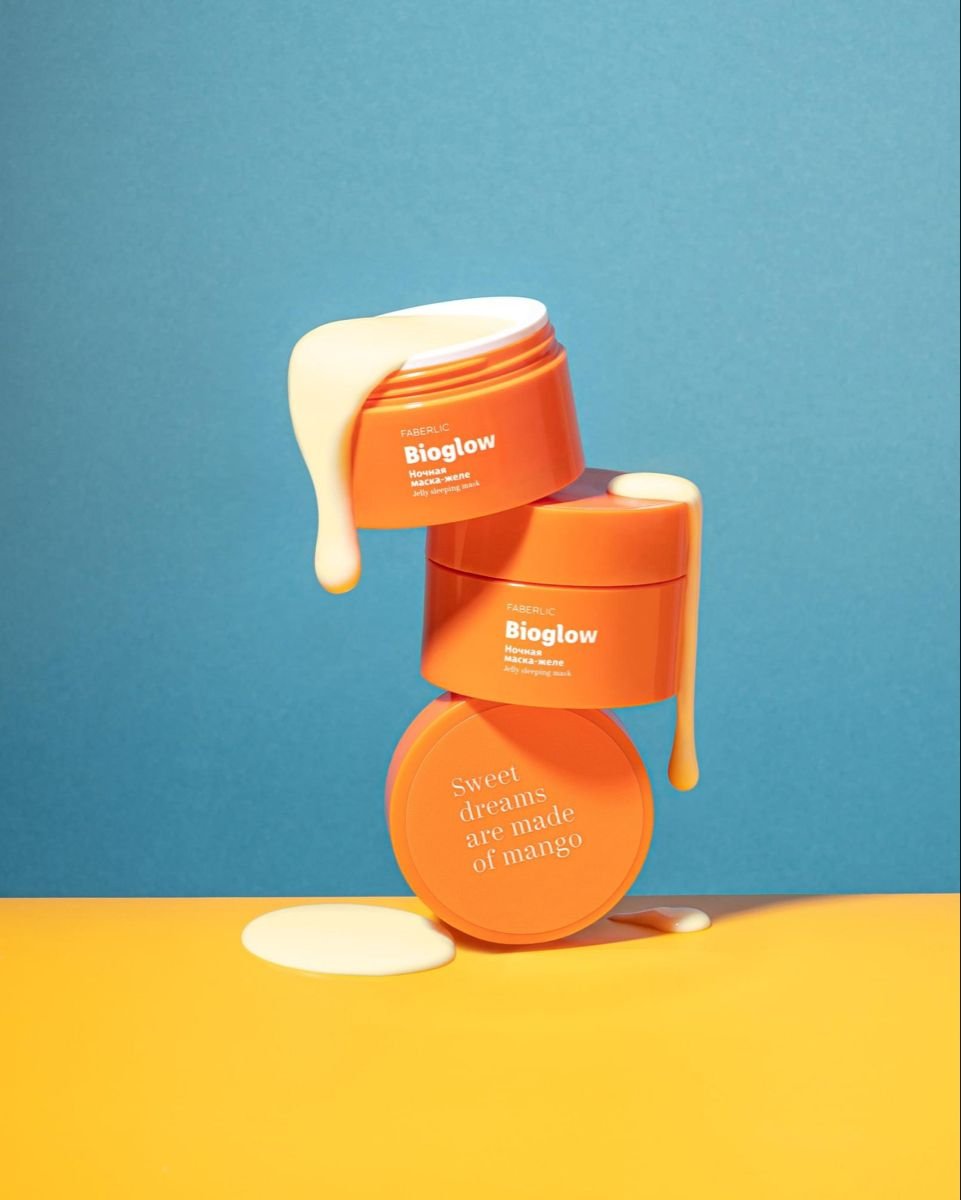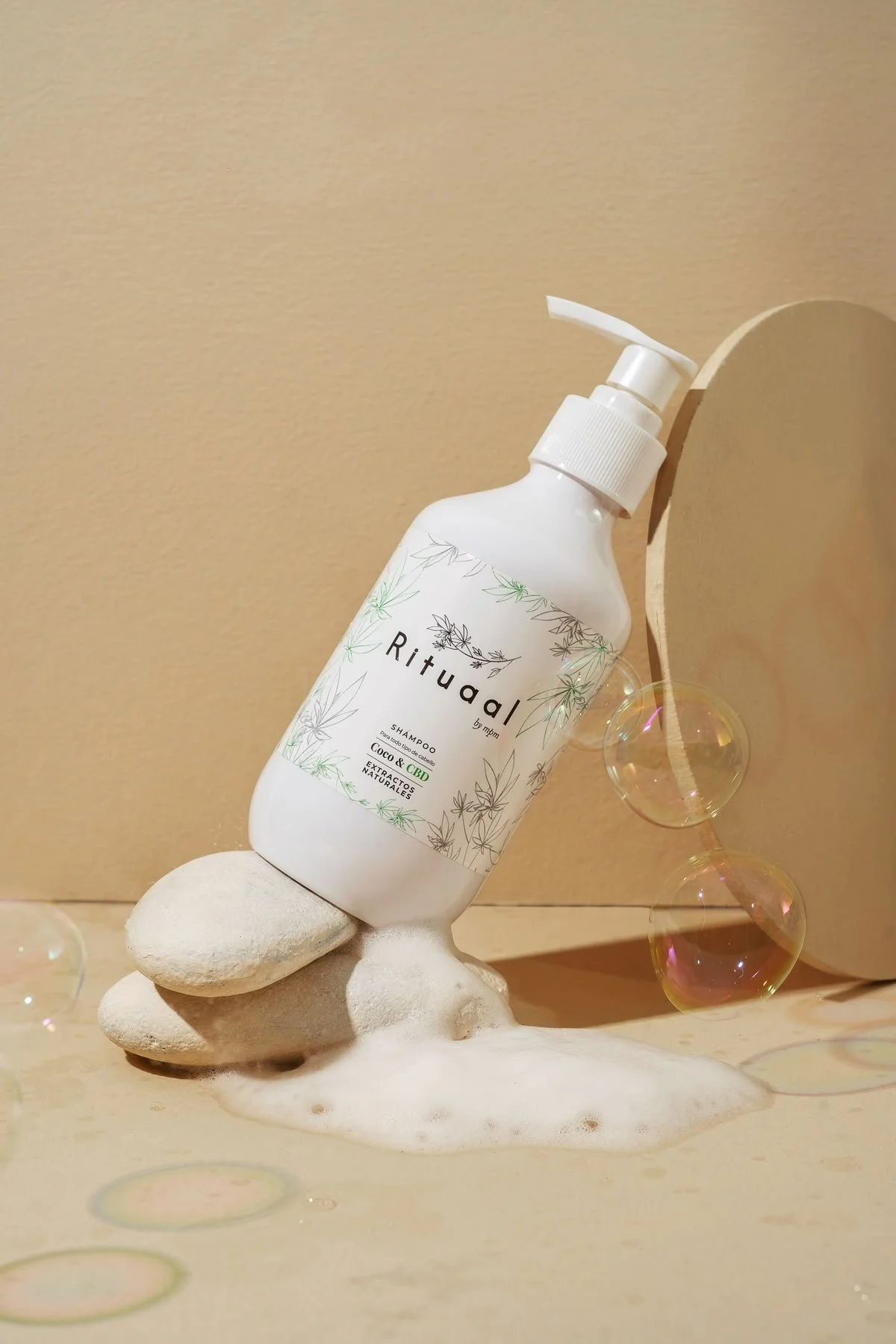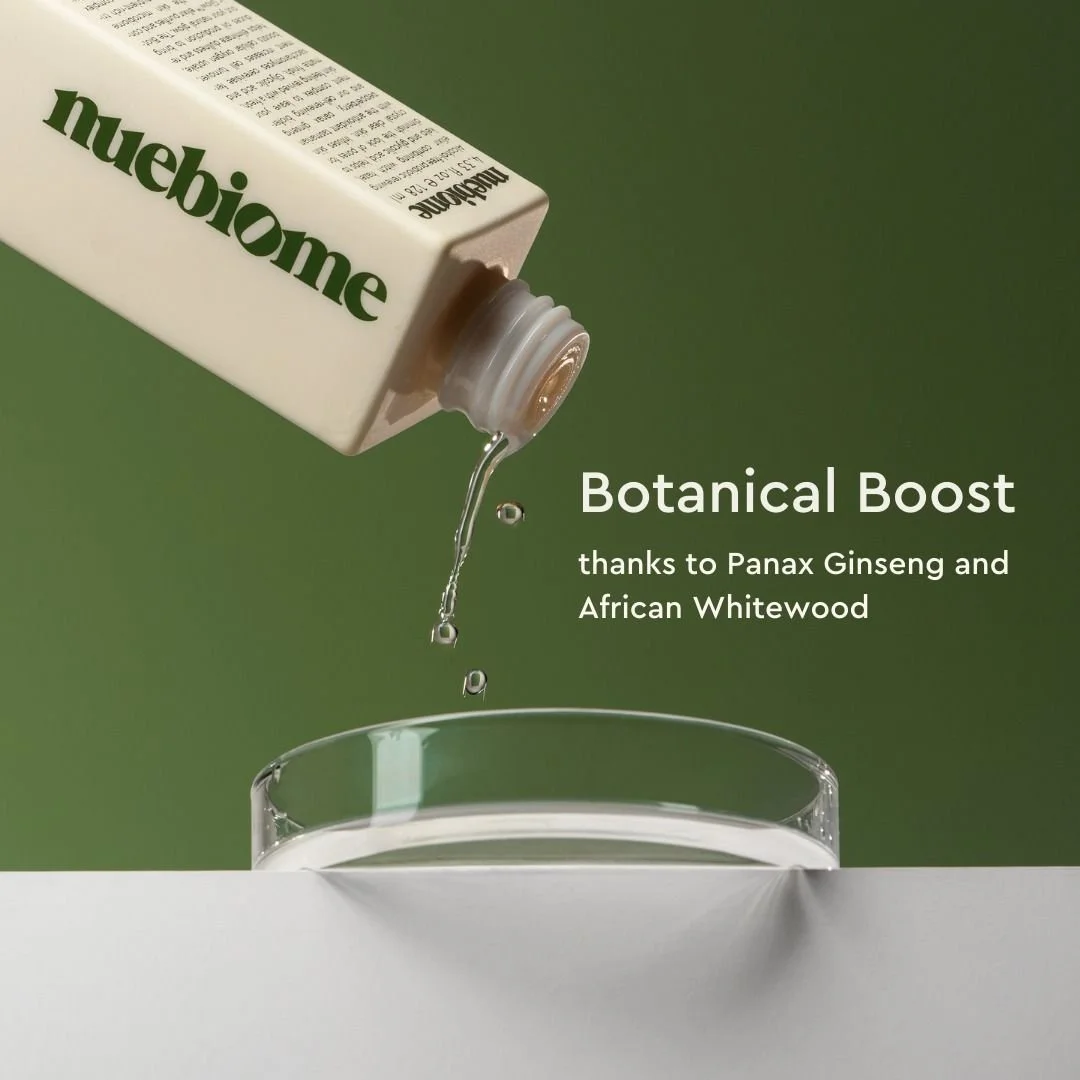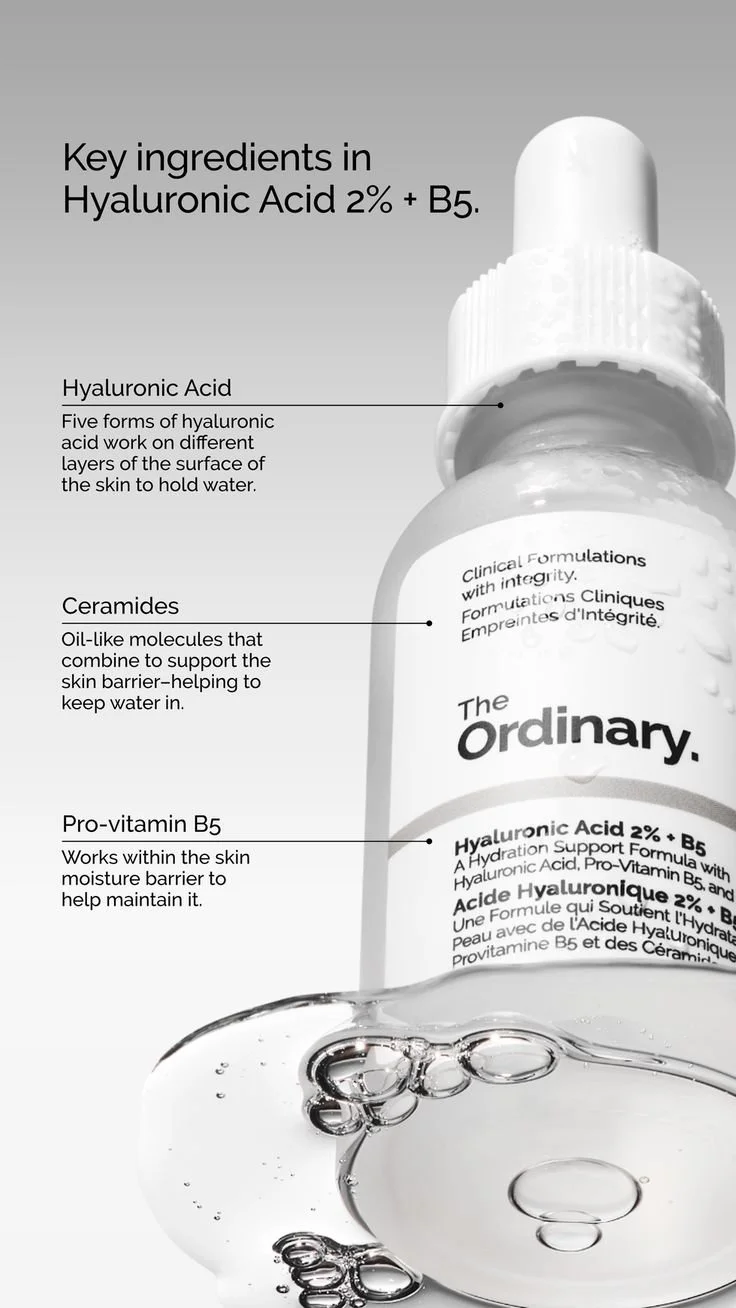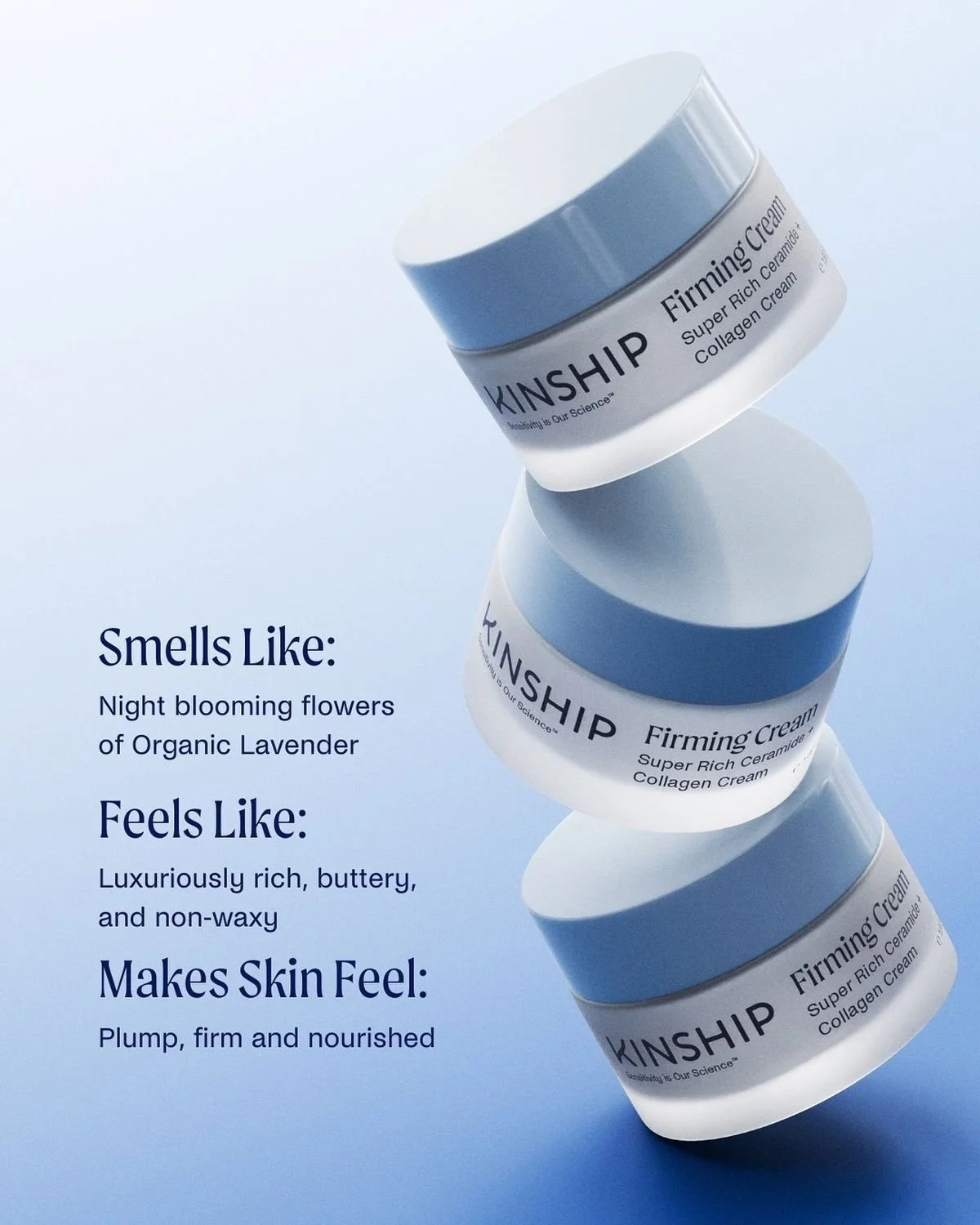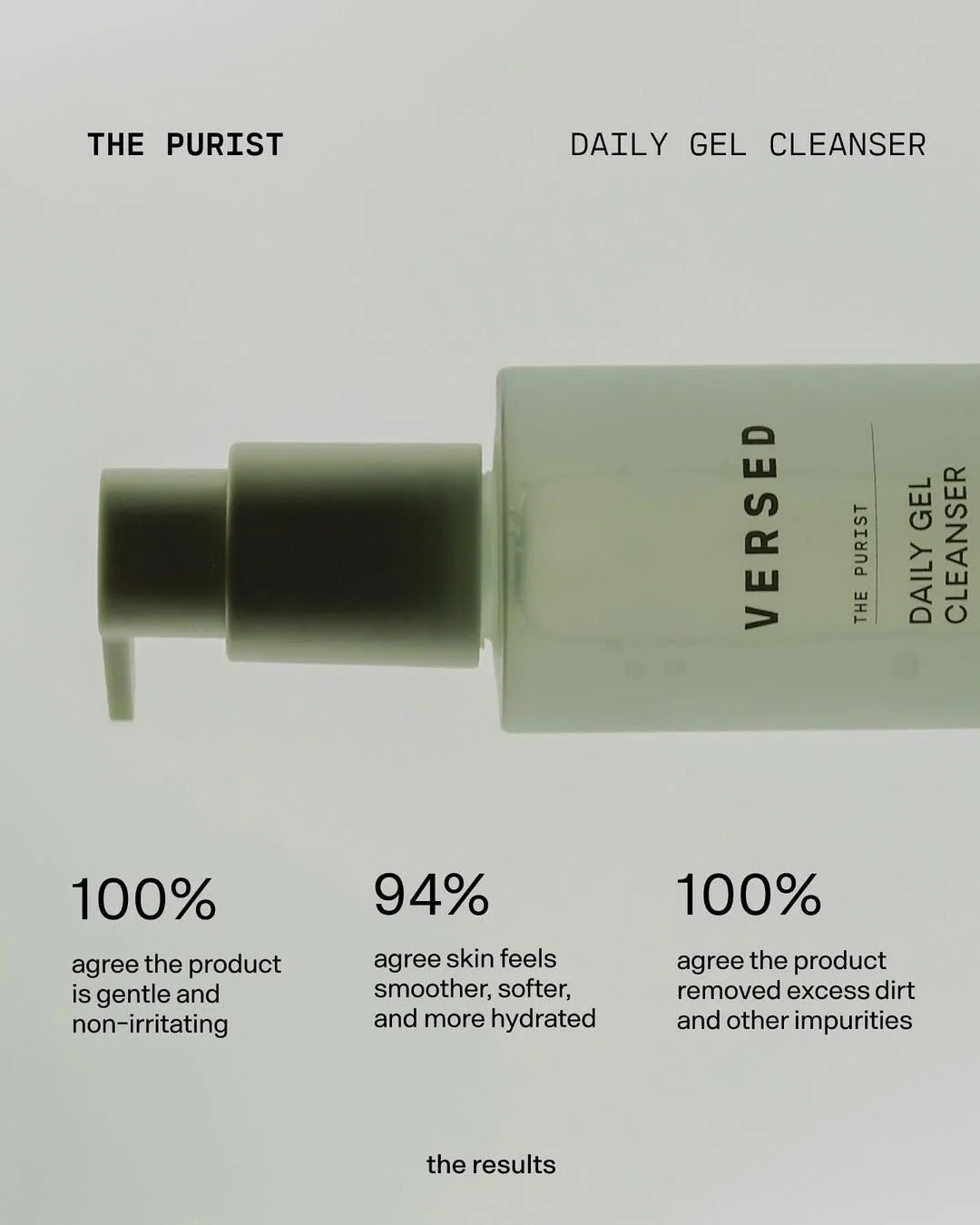Skincare Product Photography: How to Take Photos That Sell
As a photographer myself, I could talk about photography for days! About the story telling aspect of it, or how the images you create need to reflect something about the object in them. About how the right photo will create a feeling, a vibe, and a lasting impression on the viewer from the first time they set their eyes on it.
When it comes to skincare, product photography is everything. It’s basically your brand's first impression, showing its values. Whether your customers find your product online or on social media the photo of your product can make or break the sale.
So, how to take that scroll-stopping photo for your social media, or that eye-catching image for your skincare dropshipping store? How to create content for your website that makes your customers want to stick around? Read on for tips to help you master the art of skincare photography, even if you’re just getting started.
Table of Contents
What is product photography in skincare?
There are many types of photography and they are very different. For example, event, landscape, macro, portrait photography. Even within product photography, you wouldn’t approach skincare the same way you would shoot apparel, food, or cars.
Skincare product photography is the visual storytelling of your brand. It’s how you showcase your products with textures, ingredients, results and the actual product itself in a way that resonates with your audience and builds trust.
Great product photography:
Communicates your brand’s aesthetic
Evokes an emotion
Builds credibility and trust
Increases conversion rates
Supports your skincare marketing efforts across digital channels
For brands using private label skincare, this is especially important. Since multiple businesses might sell similar base formulations, your visual identity is what will set you apart.
What you need for skincare product photography
No matter if you're renting or using what you already have, the right equipment is key to capturing the content your business needs. Just keep in mind - you don’t need a professional studio or gear to get started, if you have a tight budget.
Essentials:
Camera or phone with a good lens, depending on your goal and where the images will be displayed. Modern smartphones work well, especially for web and social content. However, I wouldn’t recommend using phone photos for print materials or high-end websites. Use a proper camera when possible.
Tripod for stability and consistent angles. It allows for a more consistent framing and composition than you would get when shooting handheld.
Lighting, of course. The most cost-effective and excellent lighting source is natural lighting, but it is inconsistent. I would suggest studio lighting for a more coherent and unchanging look, but it can get a bit complex. An effective artificial lighting setup needs a main light, side lights, and modifiers to achieve your desired aesthetic.
Backdrops. Neutral backgrounds like white, beige, or stone textures work best. For a high-end look, consider using tiles, marble slabs, or textured papers. Depending on your brand aesthetic, you can also shoot in real-life environments like bathrooms or outdoors.
Reflector or bounce board. Helps soften shadows and give an evenly light scene.
Last but not least are props. Botanicals, textures, towels, or ingredients that align with your brand story and the look you want to achieve.
How to structure a skincare photoshoot
Planning is everything! Preparation will help the day of the shoot go smooth and ensure you don't forget anything that needs to be done. Here’s how to break down a shoot that delivers a range of useful content.
Step 1: Choose products
If you're shooting multiple products, make a list so you don’t forget any. Keep track of what needs to appear in each setup.
Step 2: Create a shot list
Make a list of every single type of shot you want to capture. Ideally, you’ll also note the angles, props, and setups for each. If that’s too overwhelming, build your moodboard first — it can inspire your shot list.
Here are four types of skincare product photography shots you might want to make:
Pack shot
This one is plain and simple - your product on a neutral background front and center. This is the one that goes on your e-commerce website, brochures and other places where you need to showcase your product and it’s key features. Most often, a pack shot is done with a single product, but can also be extended to a group of products and bundles.
Environmental shot
This is exactly what it sounds like - your product in a real or an abstract environment. Here the environment can be as important as the product and work to enhance it by creating visual harmony.
This type of shot helps set the scene, connect with viewers emotionally, highlight the product's size, or give a general idea of how it might look in their own space. These shots will go on your social media, website banners, blog articles etc.
In-use shots
Commonly referred to as the “Lifestyle shot” or “Action Shot” these show you product in use conveying a specific lifestyle or demonstrating its functionality.
These images often feature "talent," which can be one person or a group of people. Though talent isn't always necessary. It can be a hand or a port of the body that the product is used on.
Hero shot
A hero shot is the center of your product line and its advertising campaign.This type of shot sparks a mix of emotions - desire, intrigue, allure. It’s that product image that instantly makes you want it, even before you fully grasp what it does. A hero shot has no specific rules. It can be an environmental shot, or even show the product in action. It just requires carefully thought out art direction to become a piece of art that stands on its own.
Bonus: Texture shot
Texture shots build trust and give a sensory feel. They show off the consistency and color of your product. Use soft light clean, neutral backgrounds to capture these shots. You can also add product swirls or droplets to your environment shots to show off the texture.
Step 3: Prepare a moodboard
Once your shot list is ready, search for visual references. It should include your brand's signature colors and overall vibe. You can use Pinterest, social media, and even AI to generate ideas that you can later bring to life with your private label products.
Step 4: Gather props
You know what you are shooting, and what look you want to go for, now it is time to actually prepare backdrops, props and accessories. Think about whether you’re using real-life settings or creating simulated ones and what tools you need for that. Botanicals, blocks for elevating your products, treys, sponges, towels.
Tips and tricks for taking photos that sell
Whether you’re shooting your skincare product photography on a smartphone or a camera, here’s how to maximize impact:
Prepare several sets of the same product.
You may want to open one for smears or swirls, while keeping others full and untouched. A half-used bottle won’t give the premium look you’re going for.
Clean your products
Before you even think about taking photos, make sure that your product and its packaging are clean. Wipe down all packaging to remove dust, fingerprints, or smudges. These details show up clearly in high-res photos and can make your images look unprofessional. You can even use gloves to handle the products on set to avoid leaving fingerprints.
Don't be afraid to get messy
This is, of course, a choice you need to make depending on your brand, but sometimes being messy is the way to make that scroll-stopping shot.
Use negative space
Leave space around your product, it helps your visuals breathe and allows room for text overlays in ads or posts.
Optimize for every platform
Shoot both vertical and horizontal formats so your content fits across web, email, and social.
Don’t over-edit
A little editing can enhance your photo, but too much makes the product look fake. Stick to brightening, contrast, sharpness tweaks, and removing any dust or other imperfections that you couldn't fix on the set.
Conclusion
If you're building a skincare brand, especially with private label products, your product photos are one of your most powerful tools to catch the attention of customers. Skincare photography should tell your brand story, communicate quality, and connect with your audience on an emotional level.
With the right setup and a bit of creative direction, you can create compelling visuals that sell. And if you're just getting started, our Selfnamed design studio has ready-to-use mockups that can help you build your visual identity from day one.
Frequently Asked Questions
-
You don't need a full studio to get started. The essentials include a camera or a modern smartphone, a tripod for stability, and lighting. Natural light is a great, low-cost option, but artificial lighting can provide more consistency. You'll also need backdrops that fit your brand's aesthetic (like marble, tiles, or stone) and a reflector to soften shadows.
-
There are four main types of shots:
Pack shots are simple, clean photos of your product on a neutral background, perfect for e-commerce.
Environmental shots place your product in a real-life or abstract setting to create a specific vibe.
In-use shots (or lifestyle shots) show the product being used to demonstrate its function or a specific lifestyle.
Hero shots are high-impact, artistic photos designed to capture attention and desire, often used in ad campaigns.
-
Preparation is key to a successful photoshoot. Start by choosing the products you'll feature. Then, create a shot list outlining the specific angles and setups you want to capture. Use a moodboard to gather visual inspiration and define your brand's aesthetic. Finally, gather all your props and backdrops to ensure you have everything you need on the day of the shoot.
-
For private label brands, product photography is one of the most powerful tools for differentiation. Since multiple businesses may sell similar base formulations, your unique visual identity is what sets you apart. High-quality, professional photos communicate your brand's aesthetic, build credibility with customers, and ultimately help increase conversion rates by making your products look unique and desirable.
Must read







